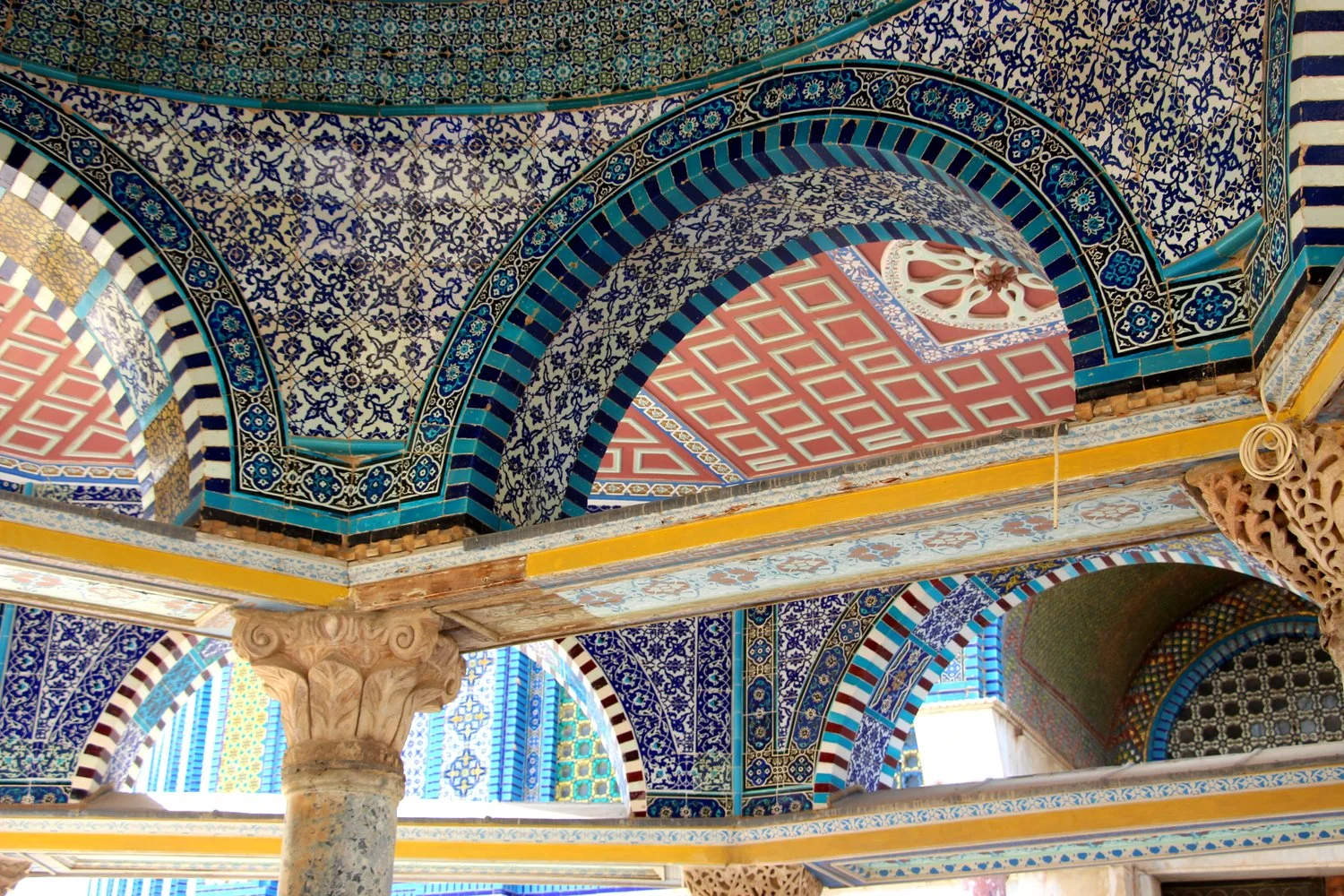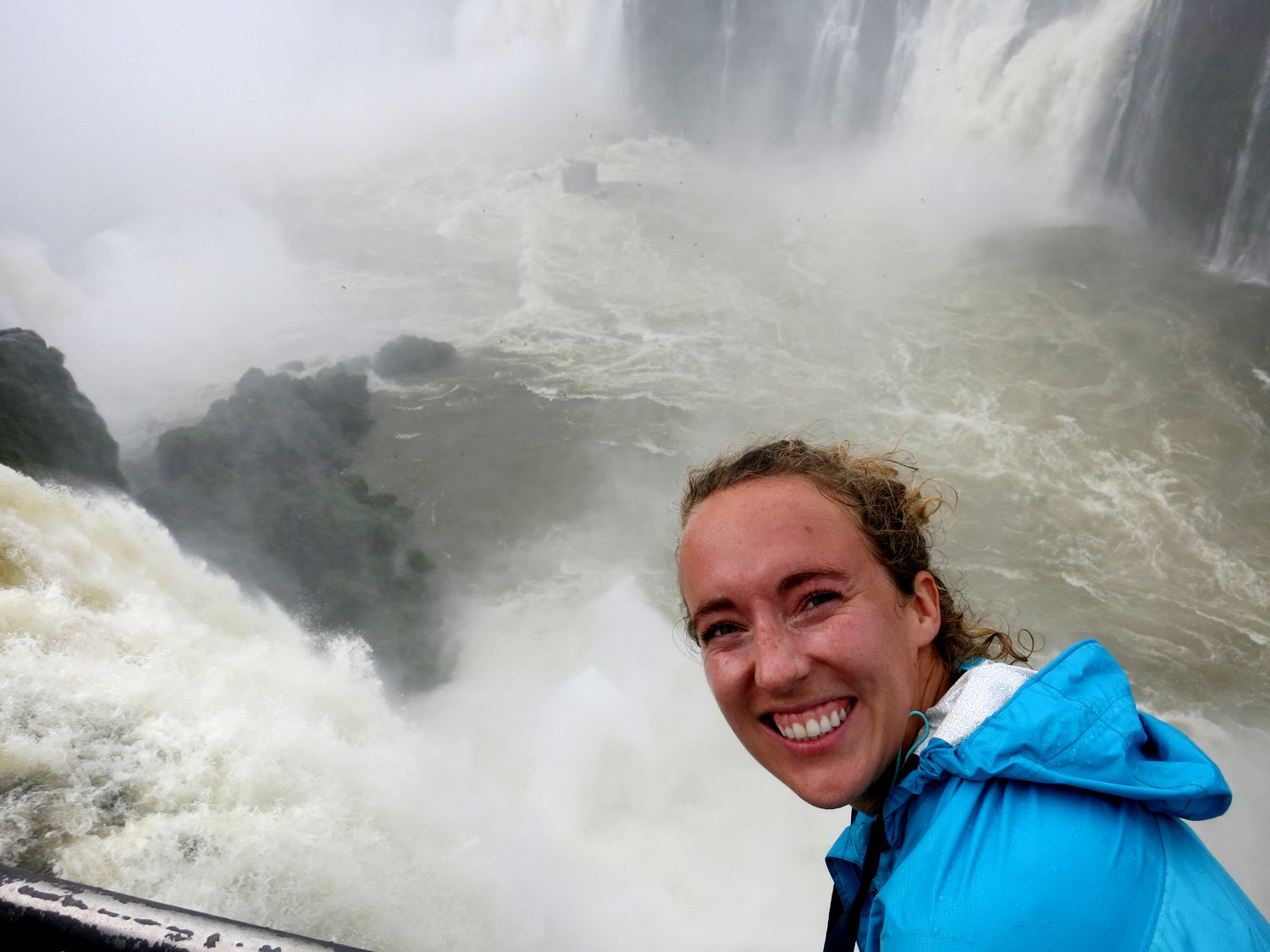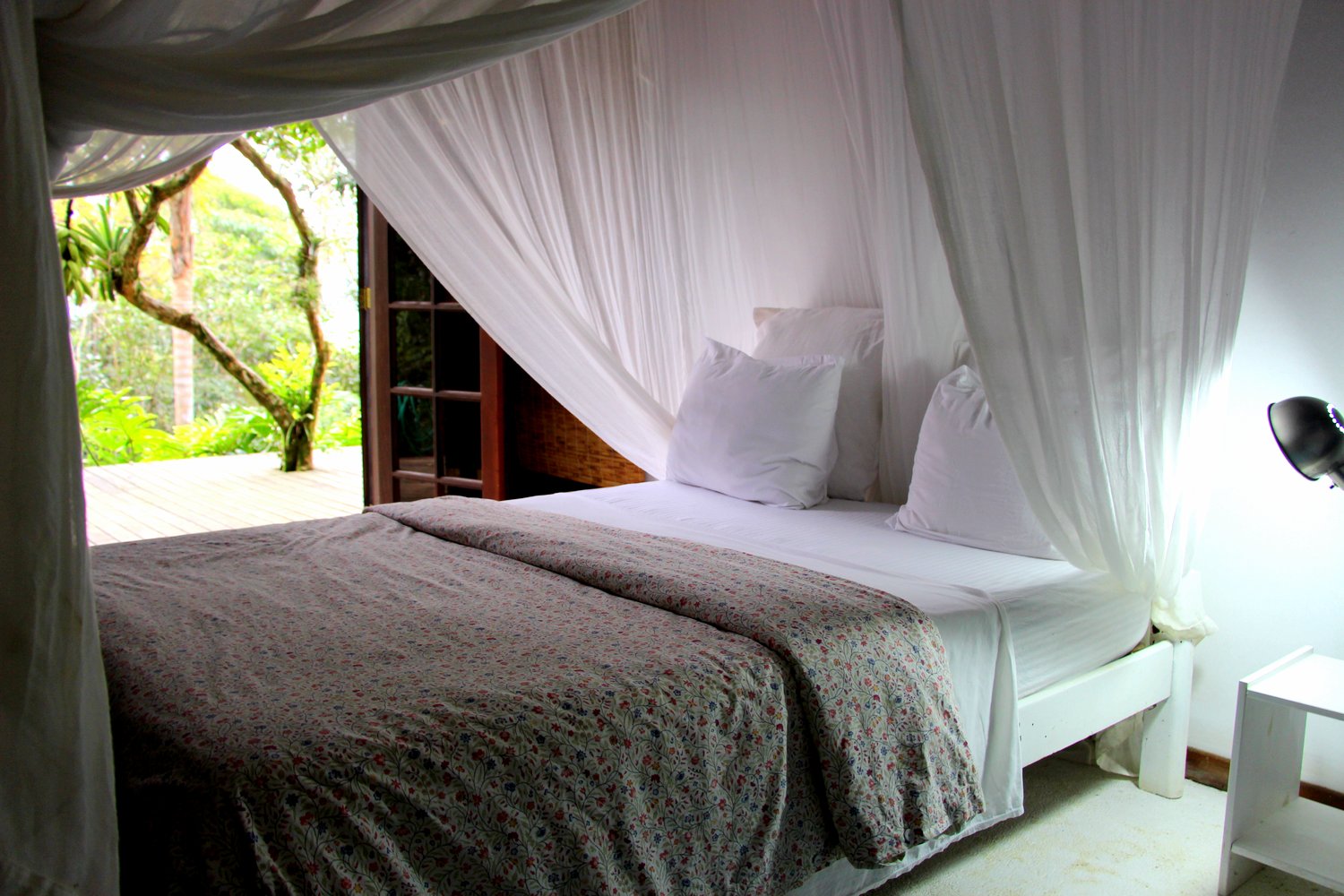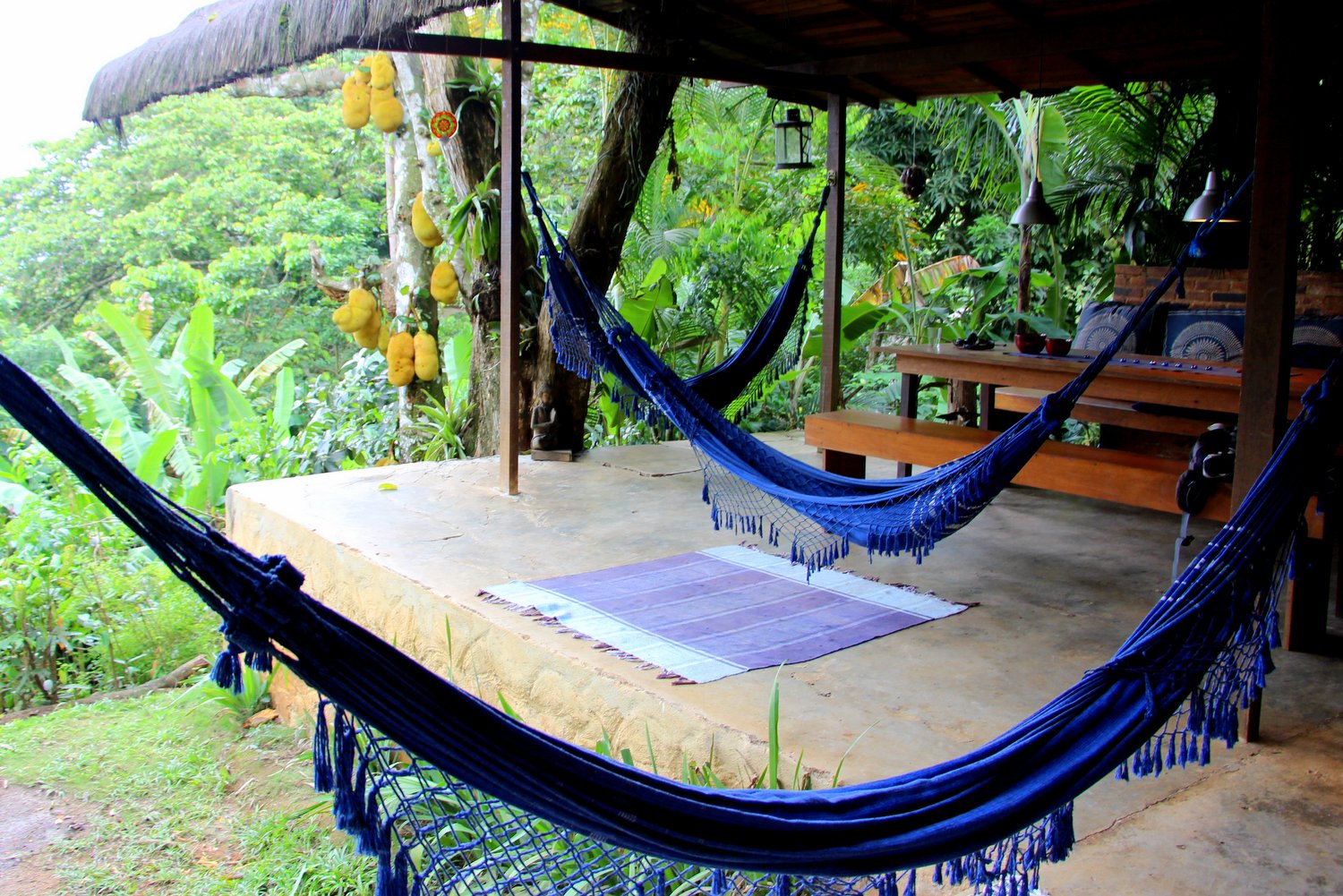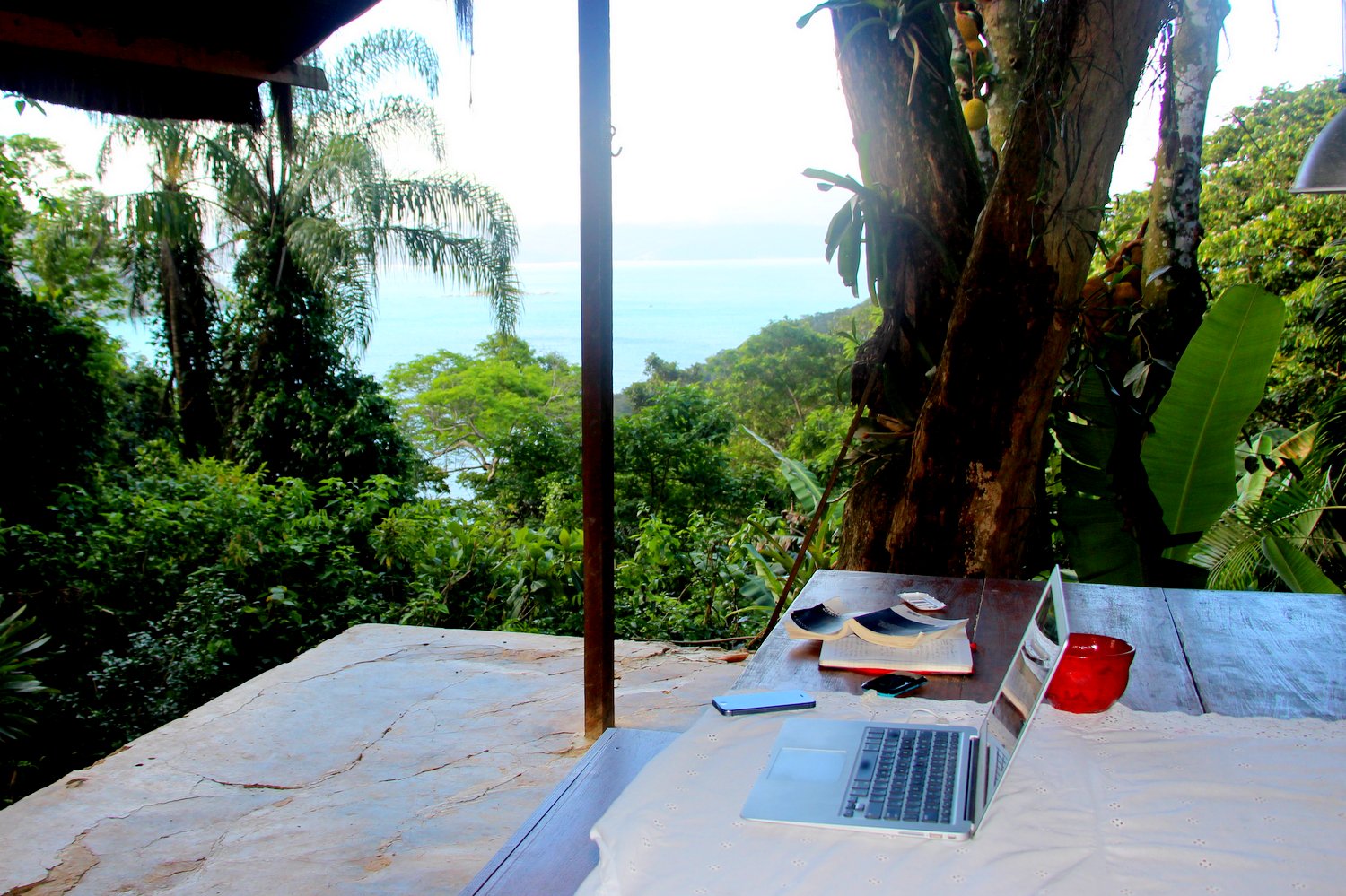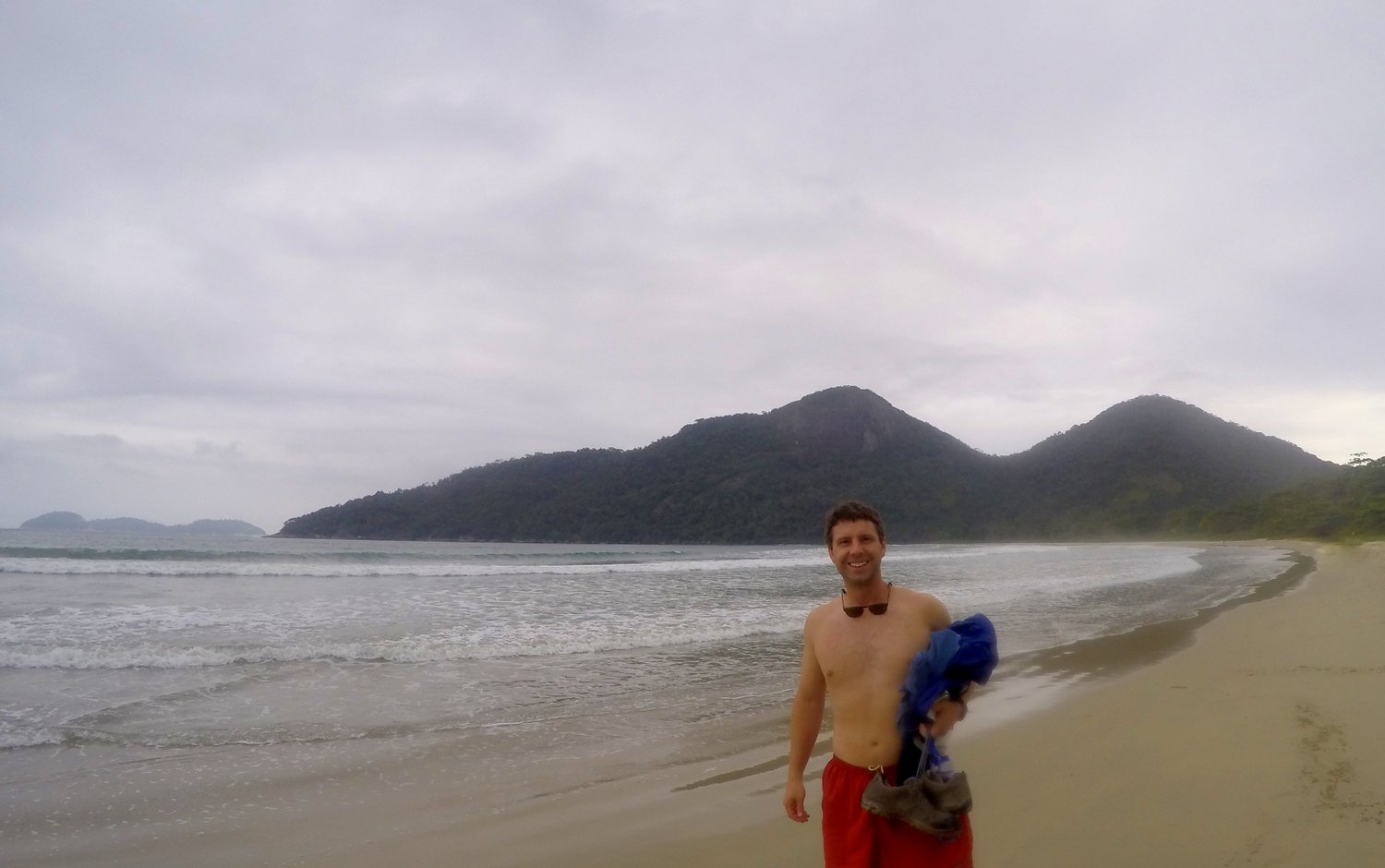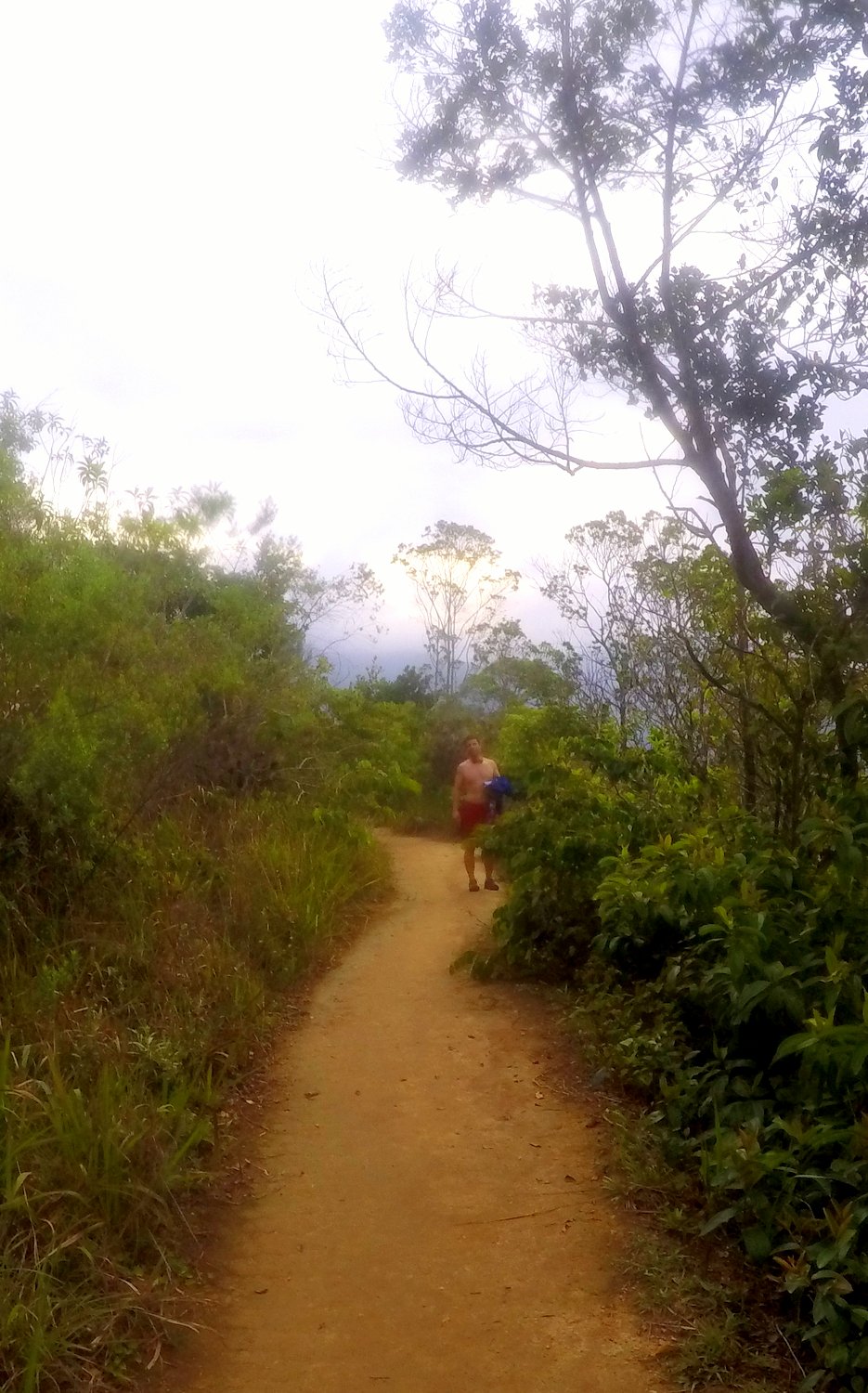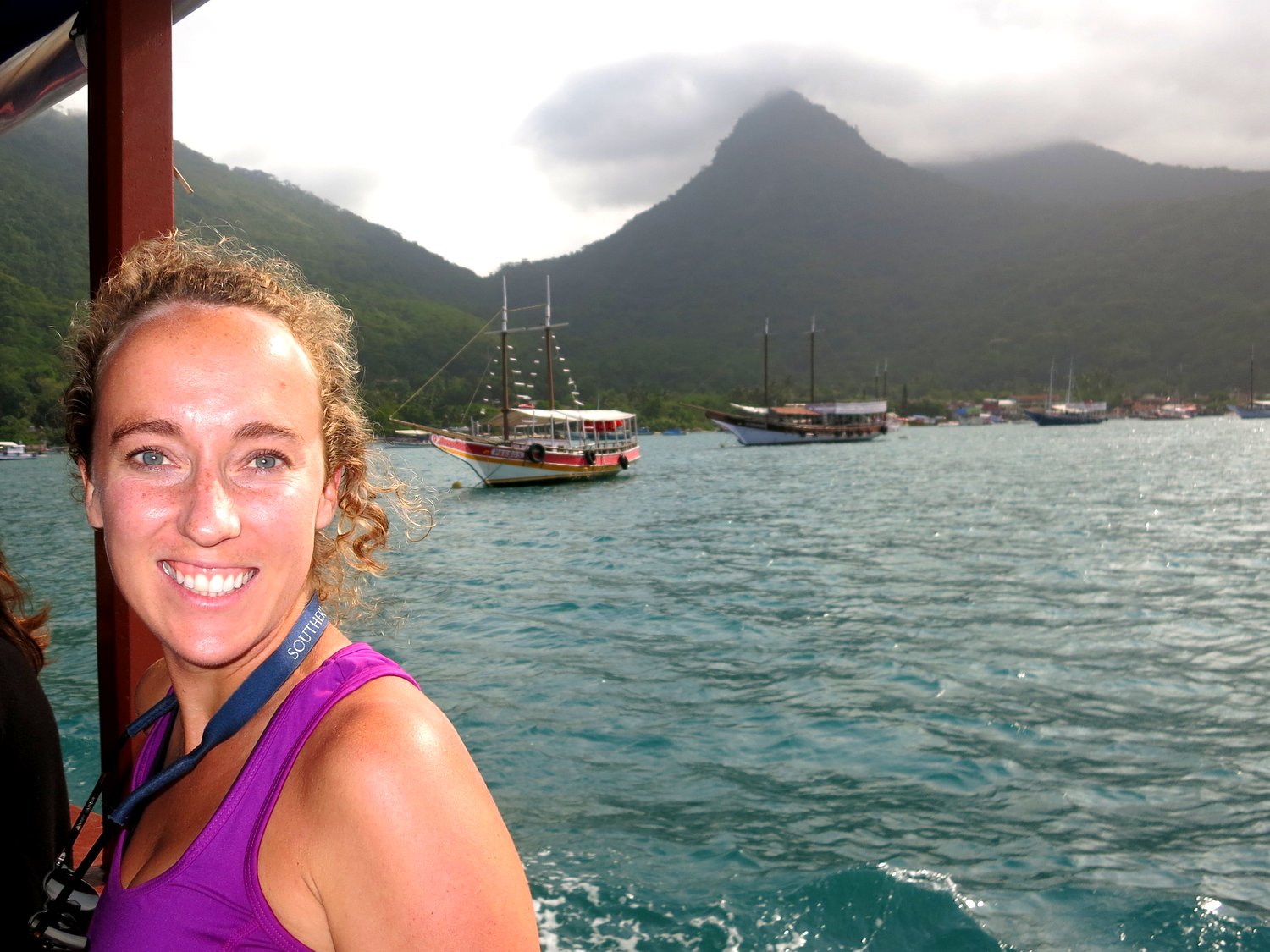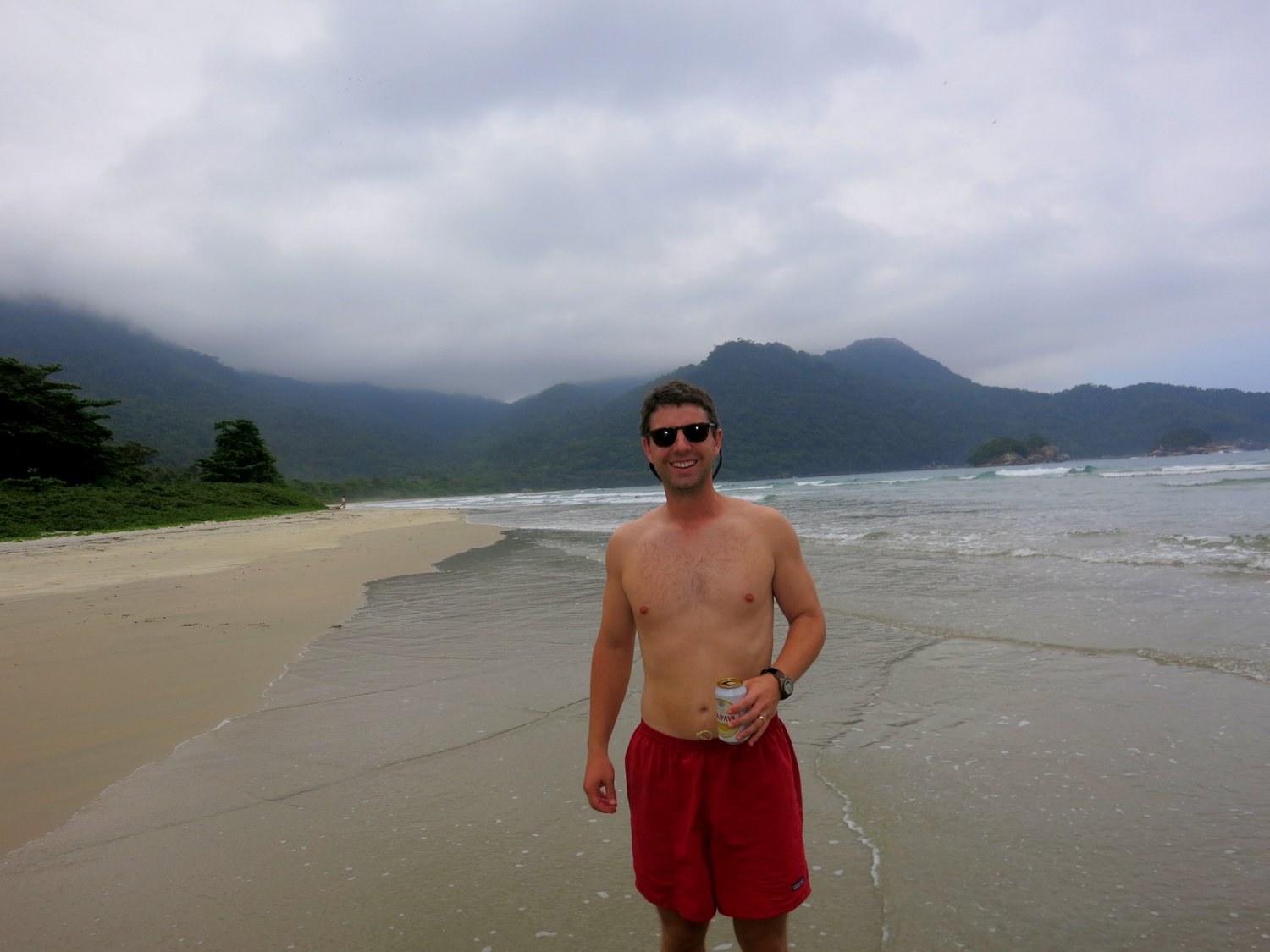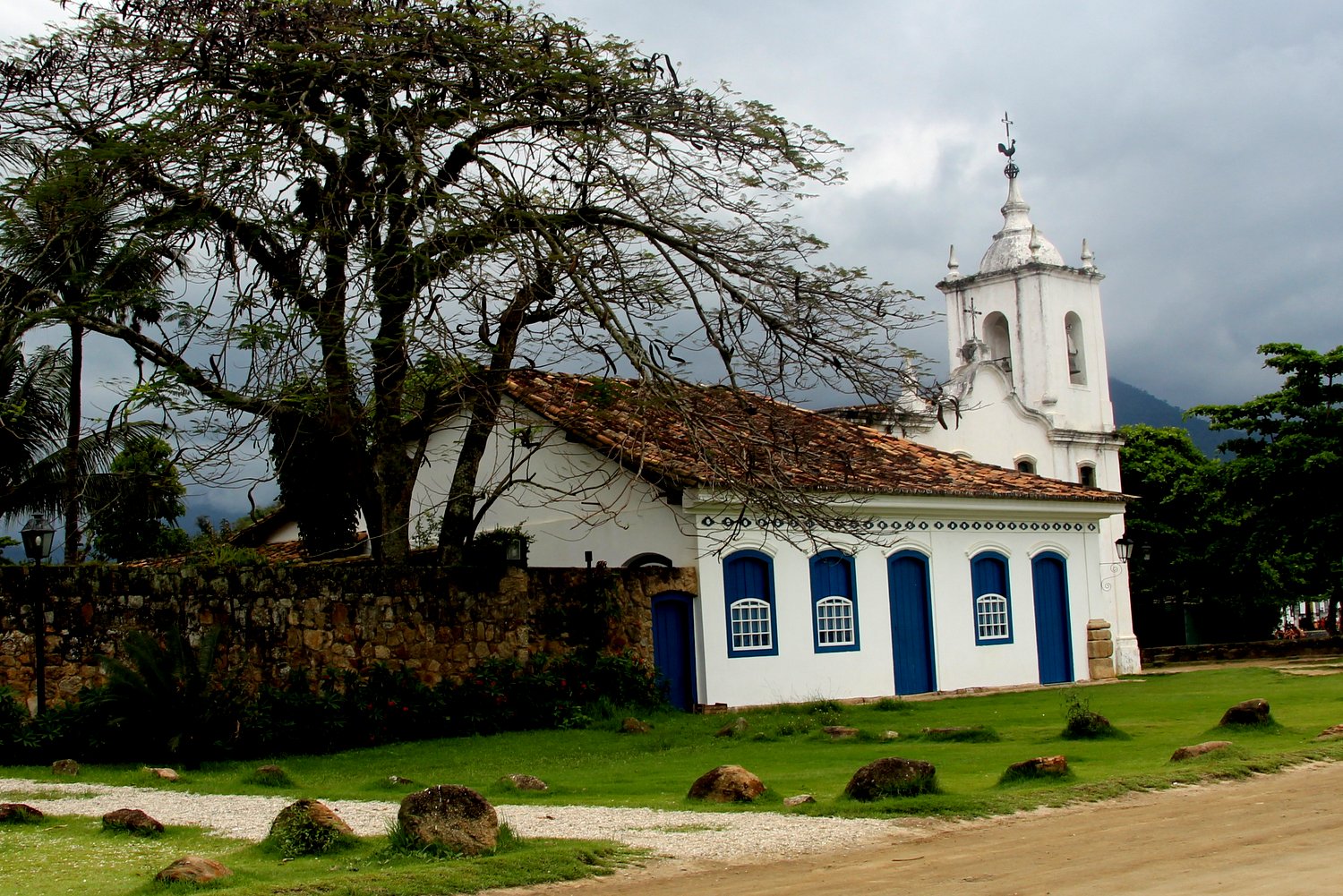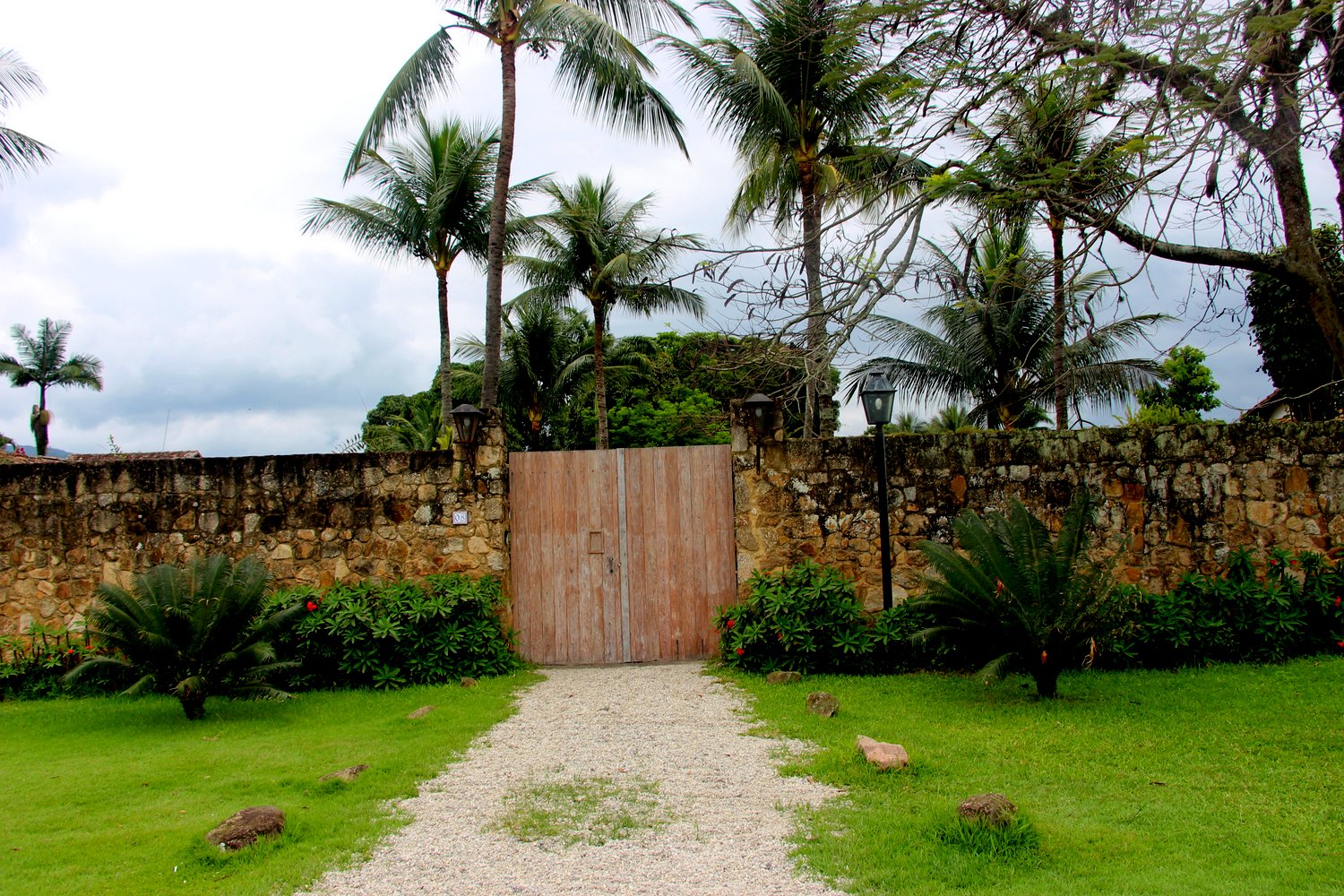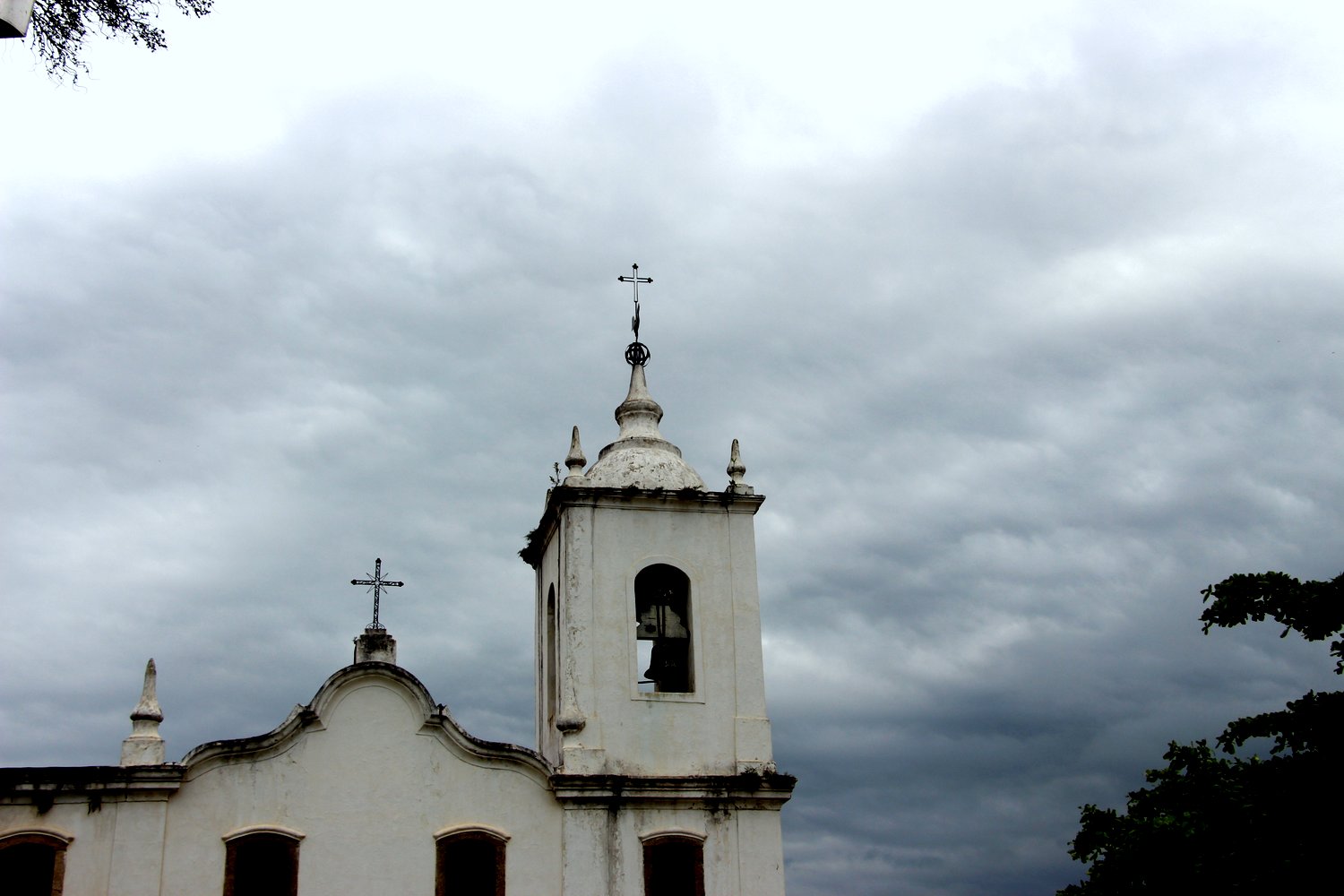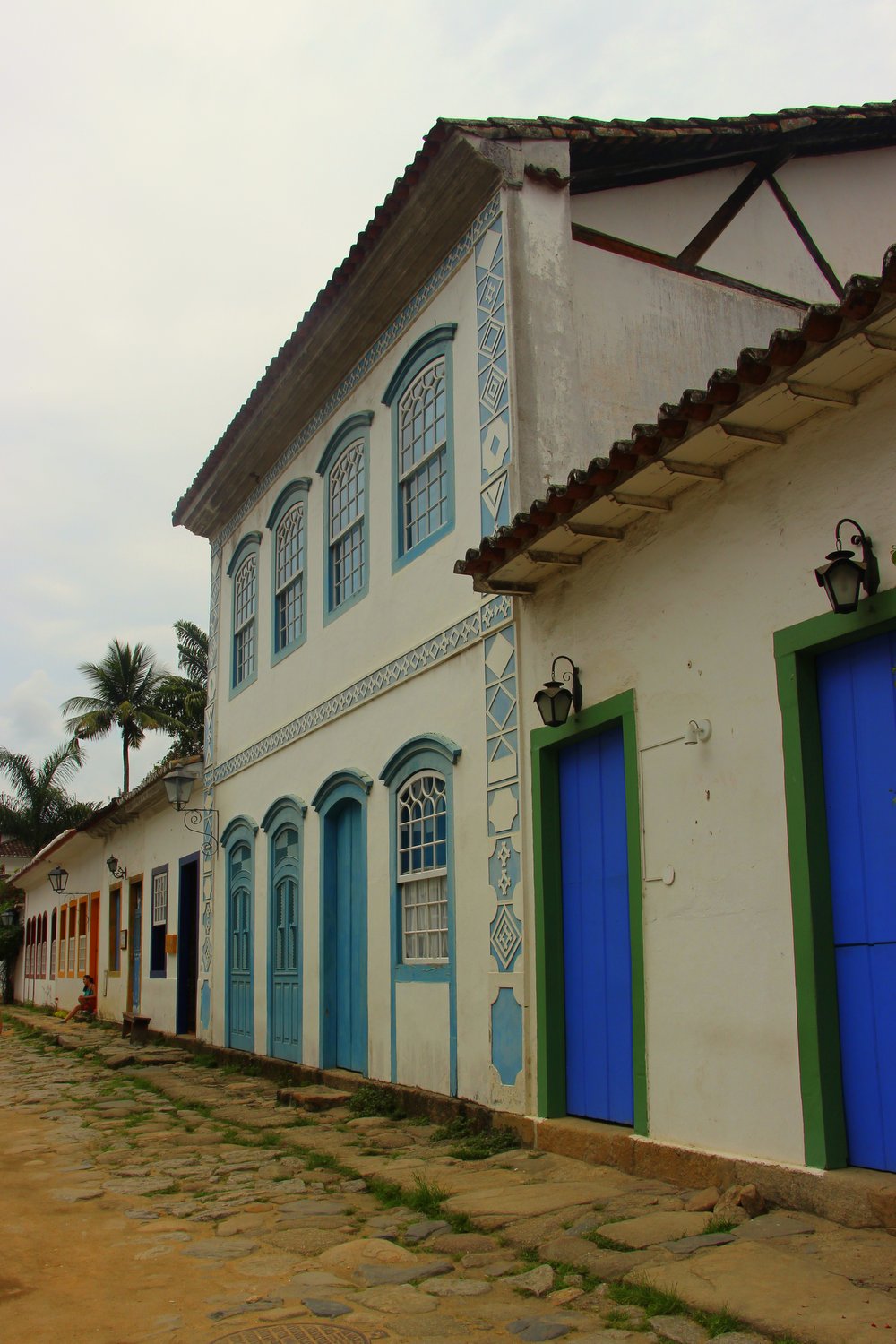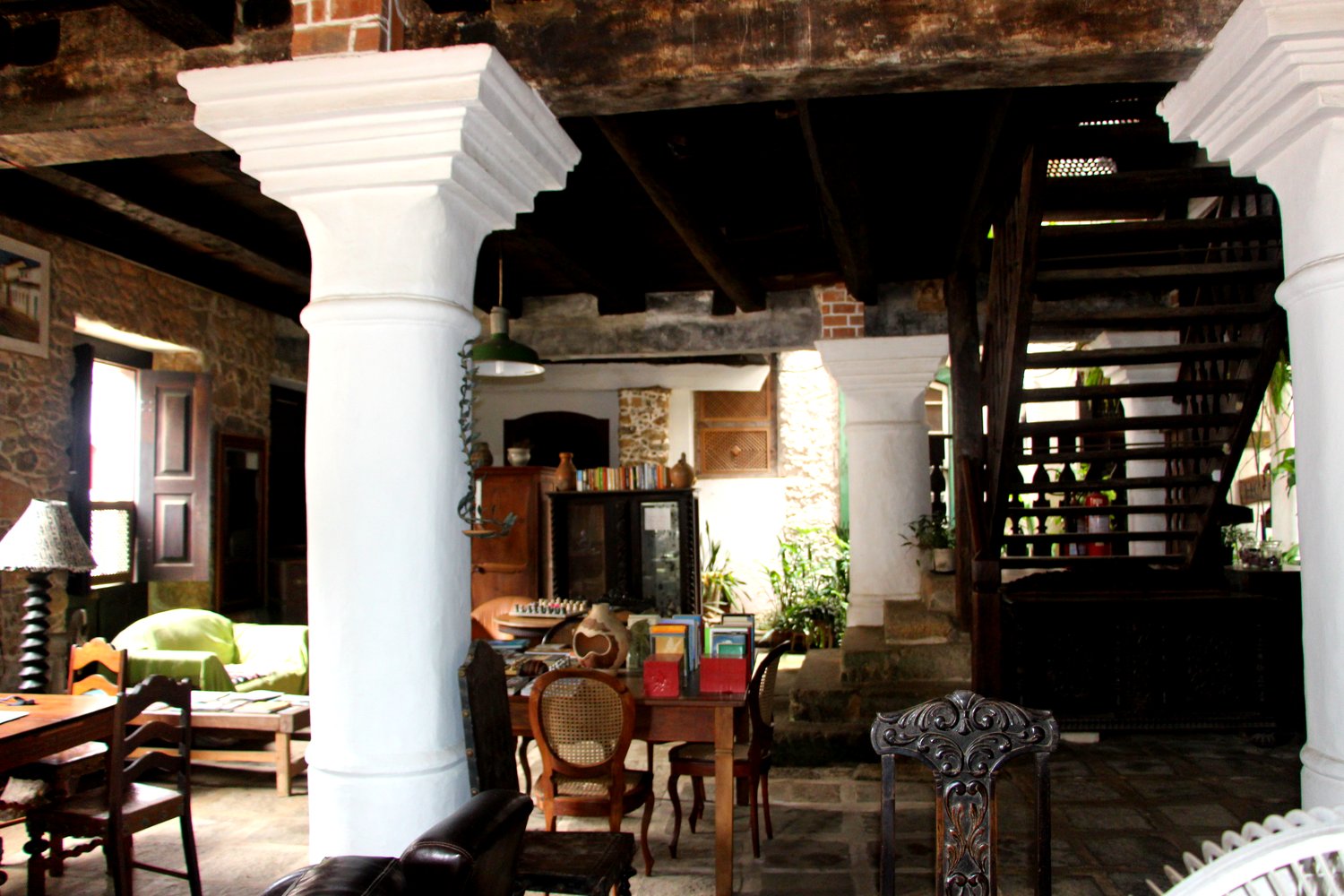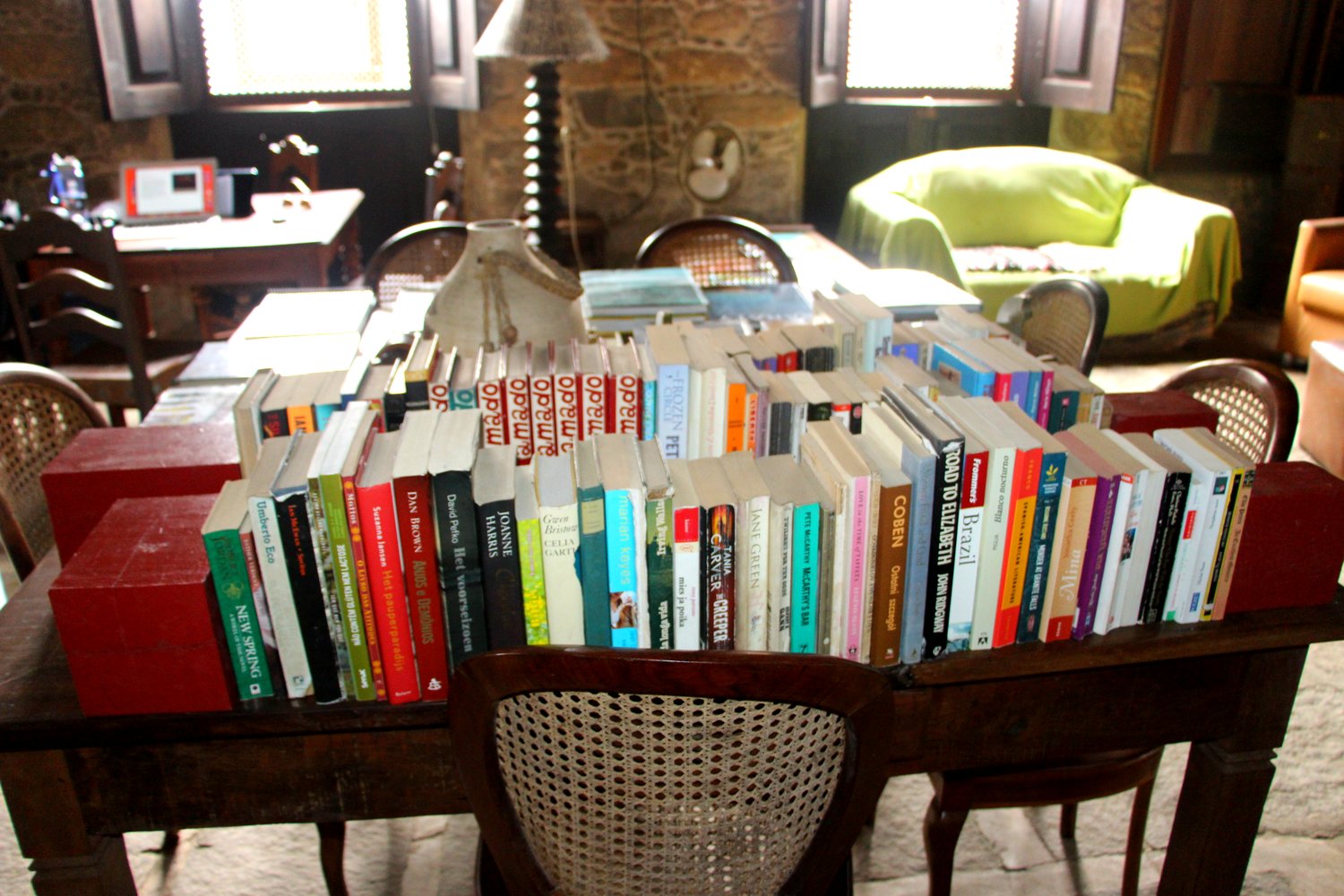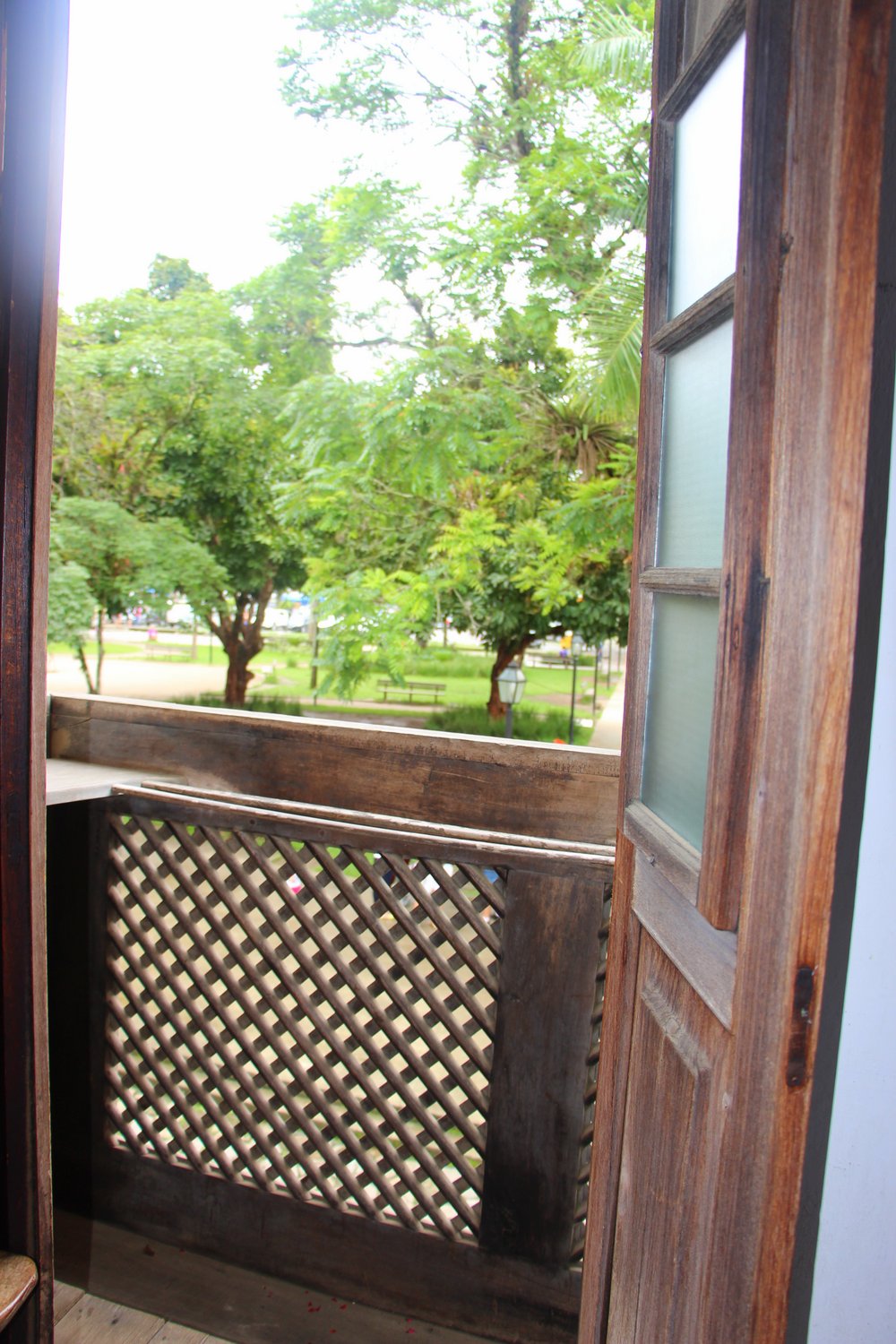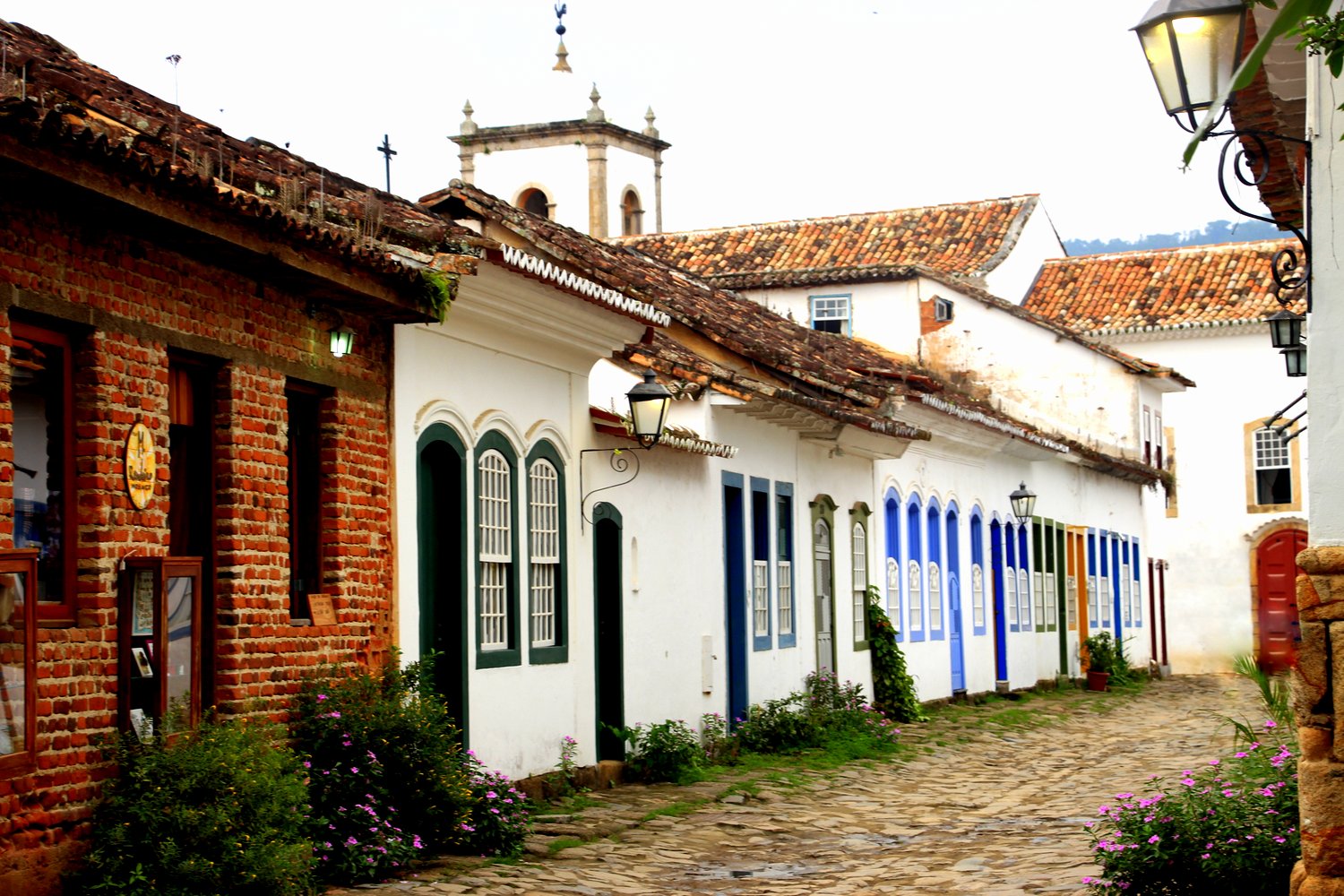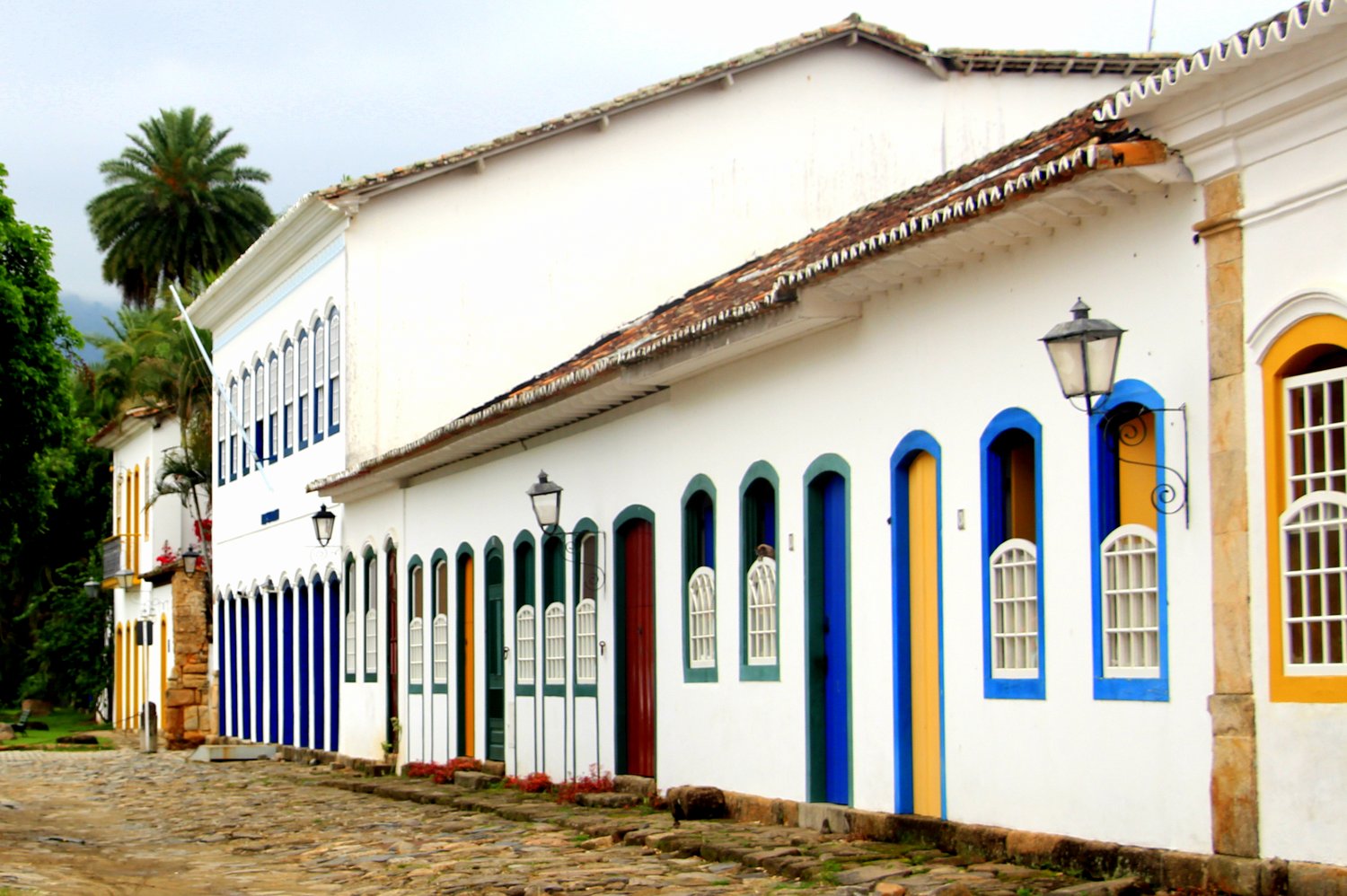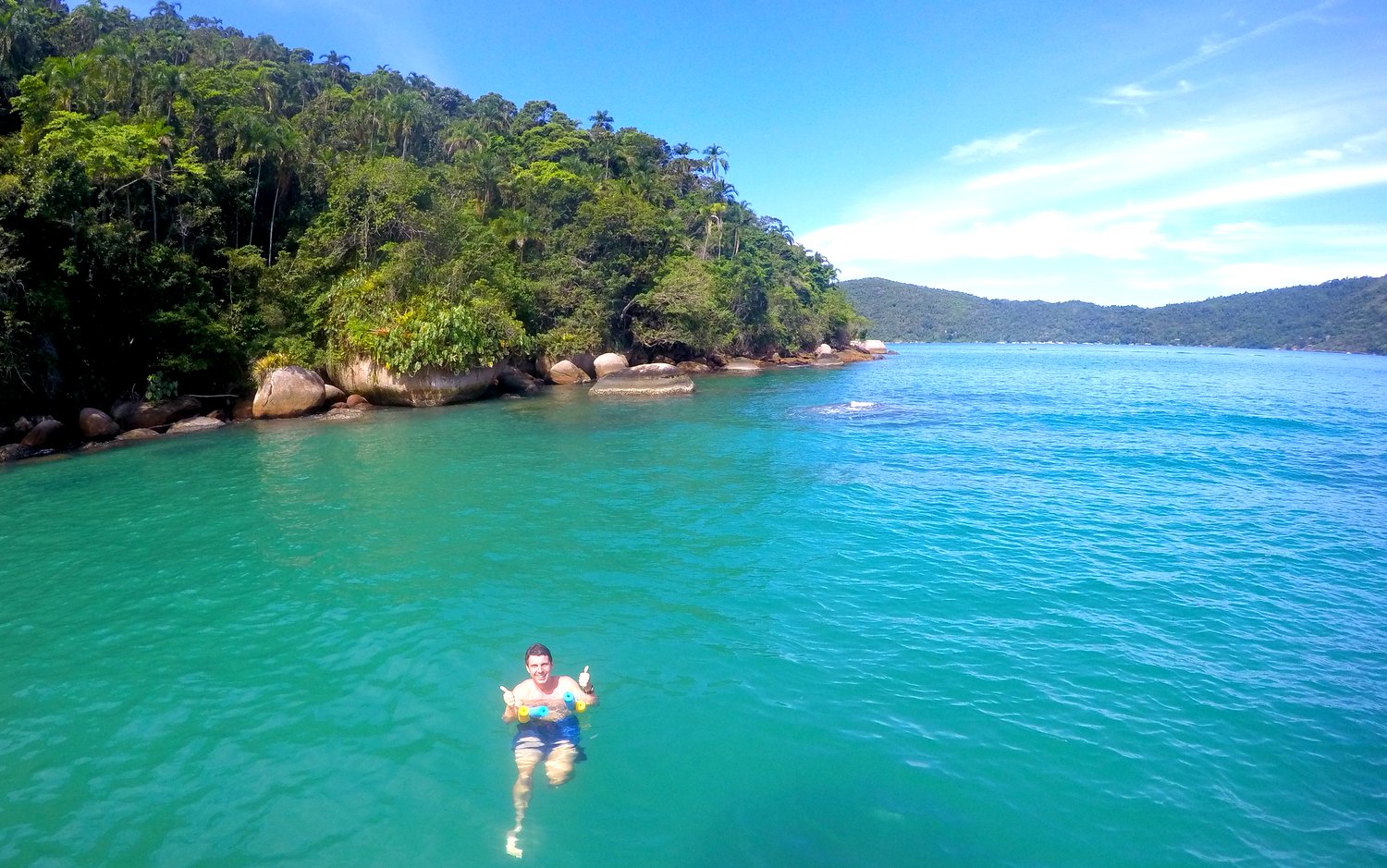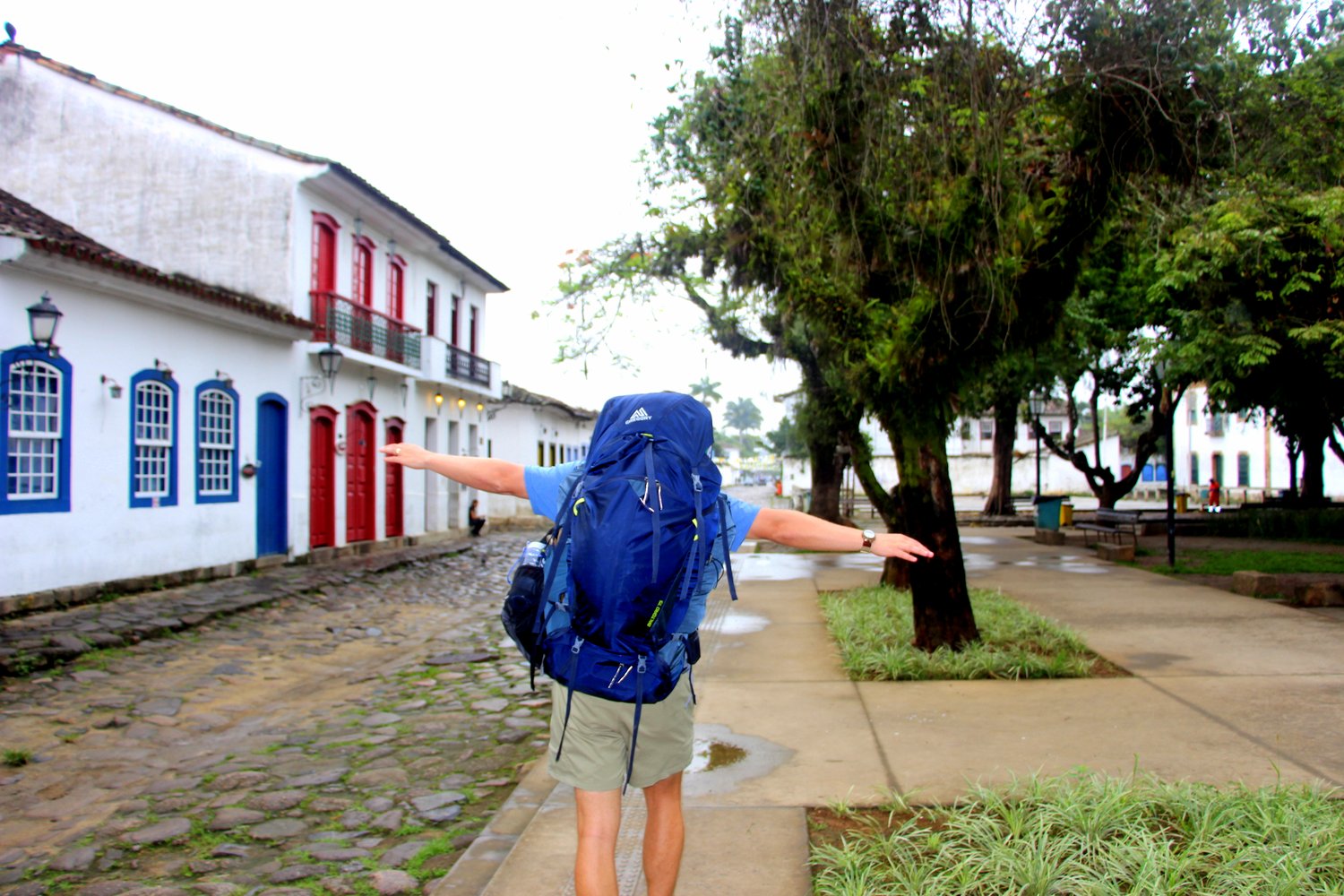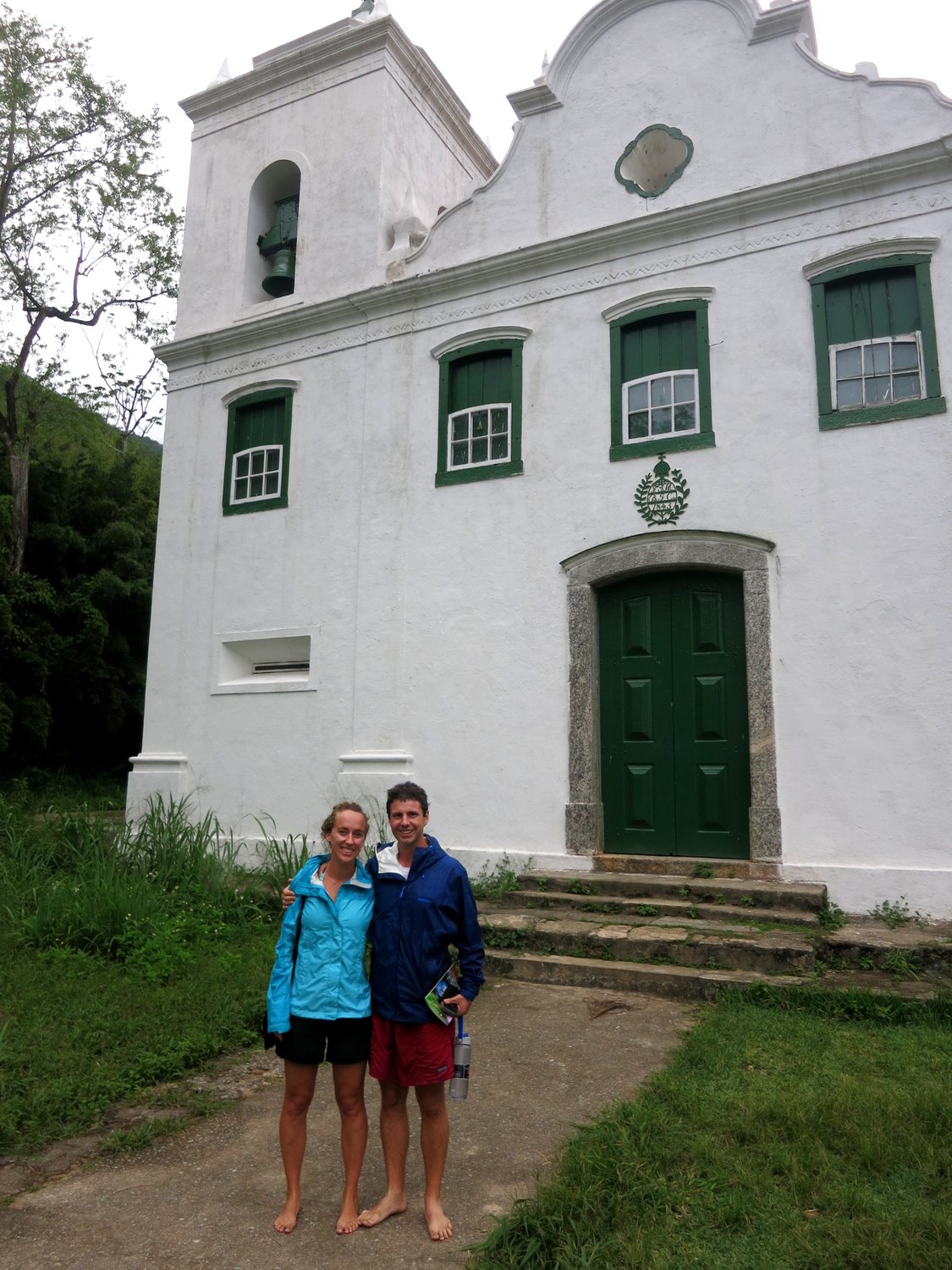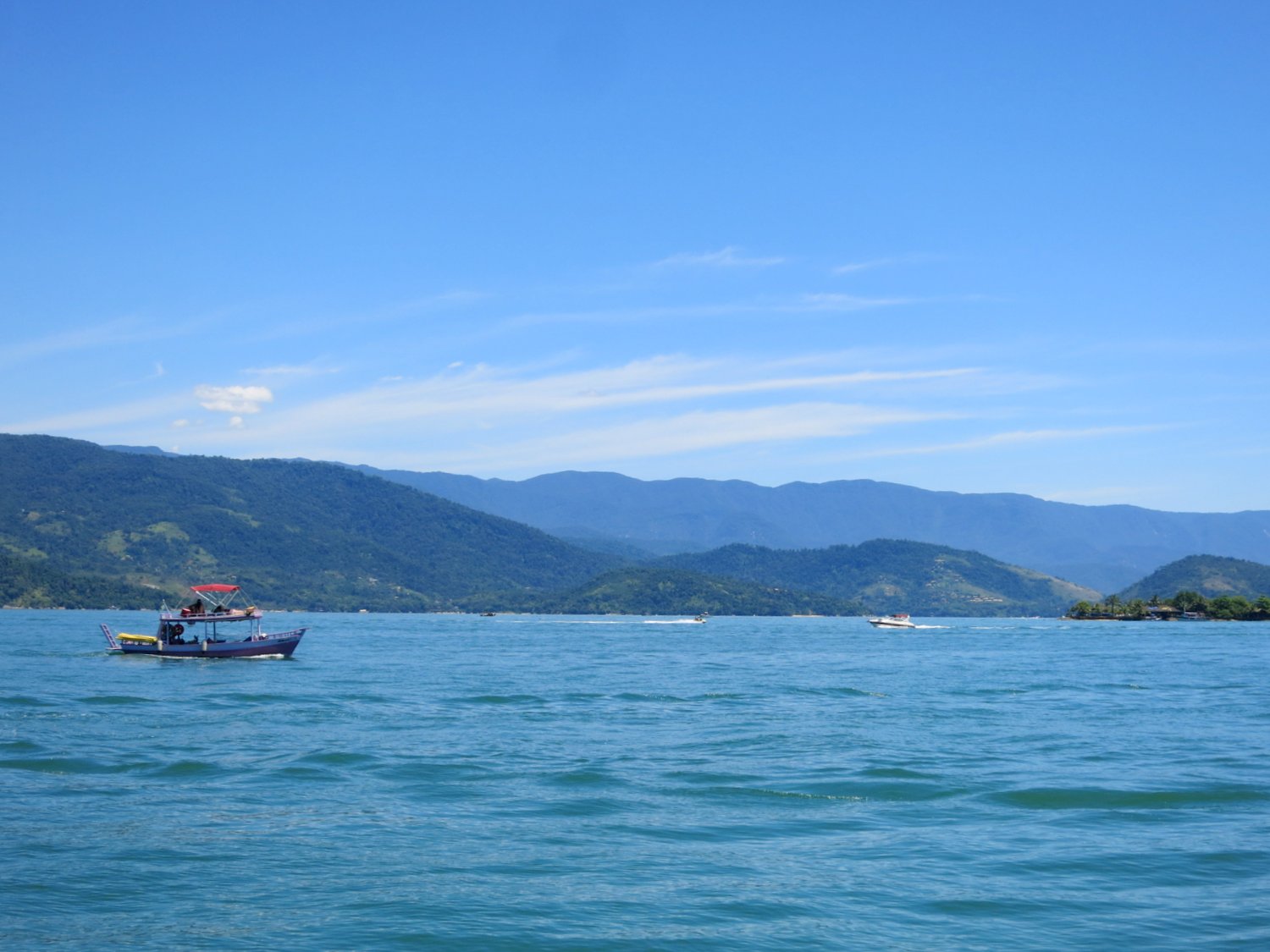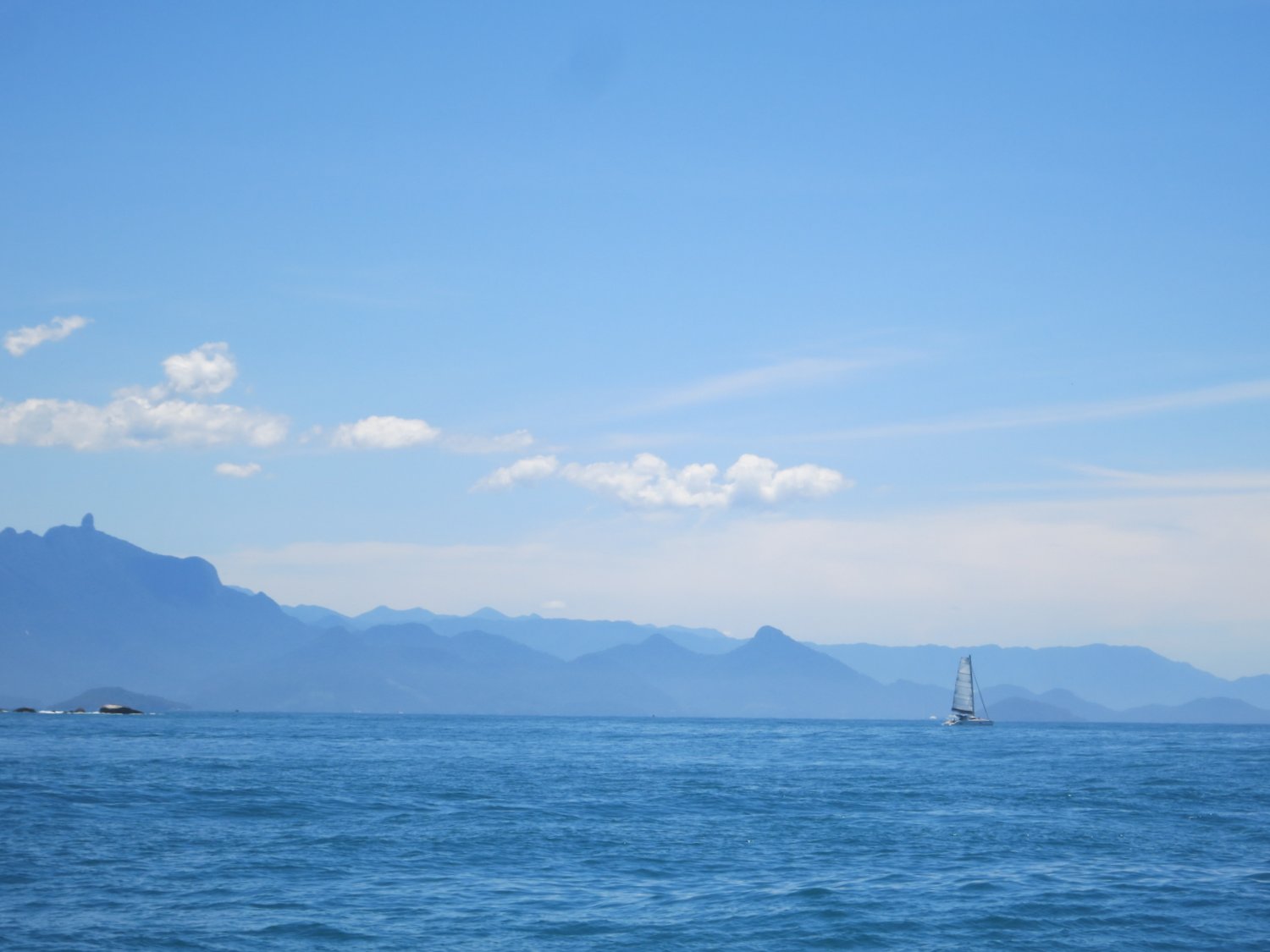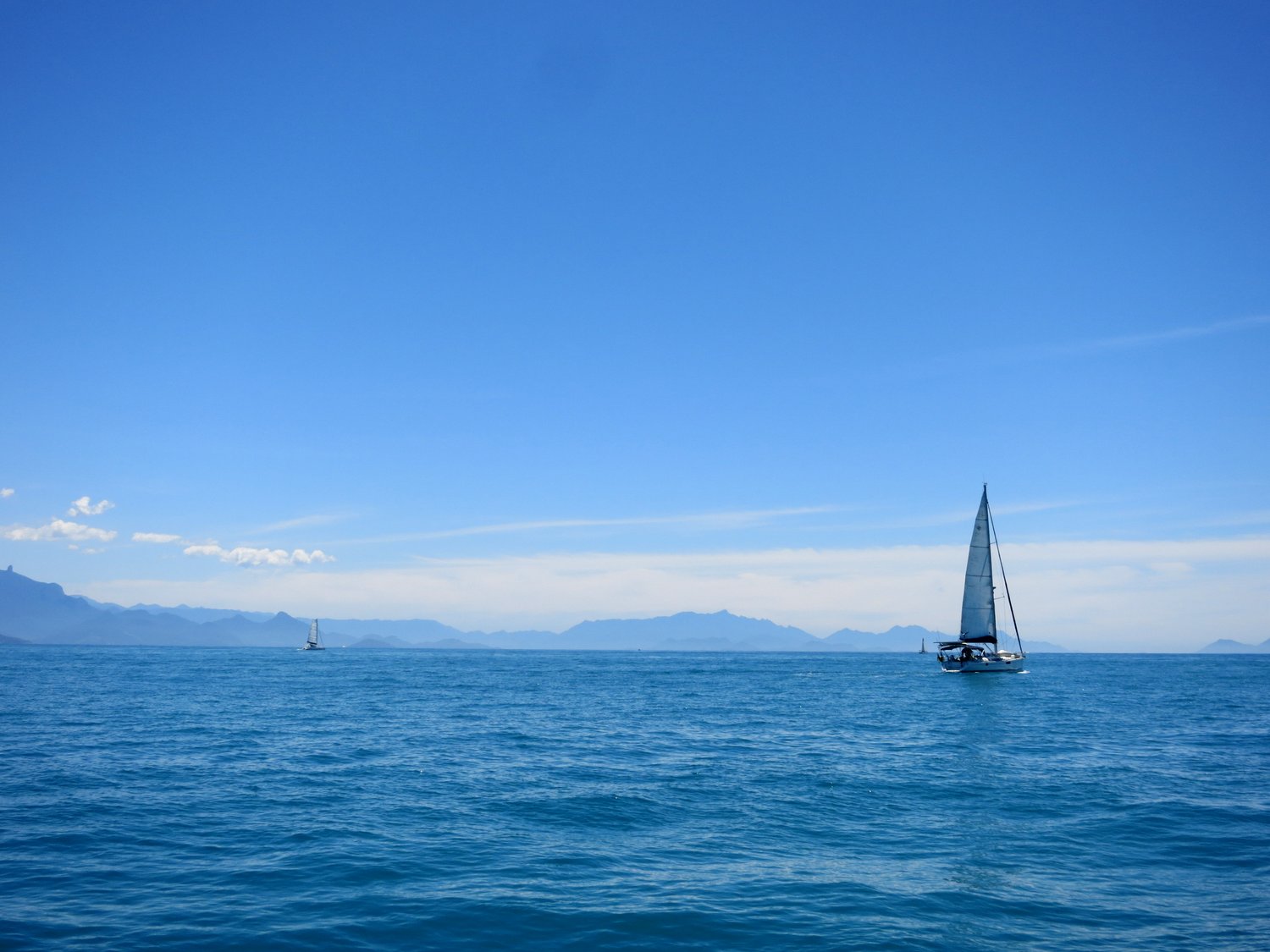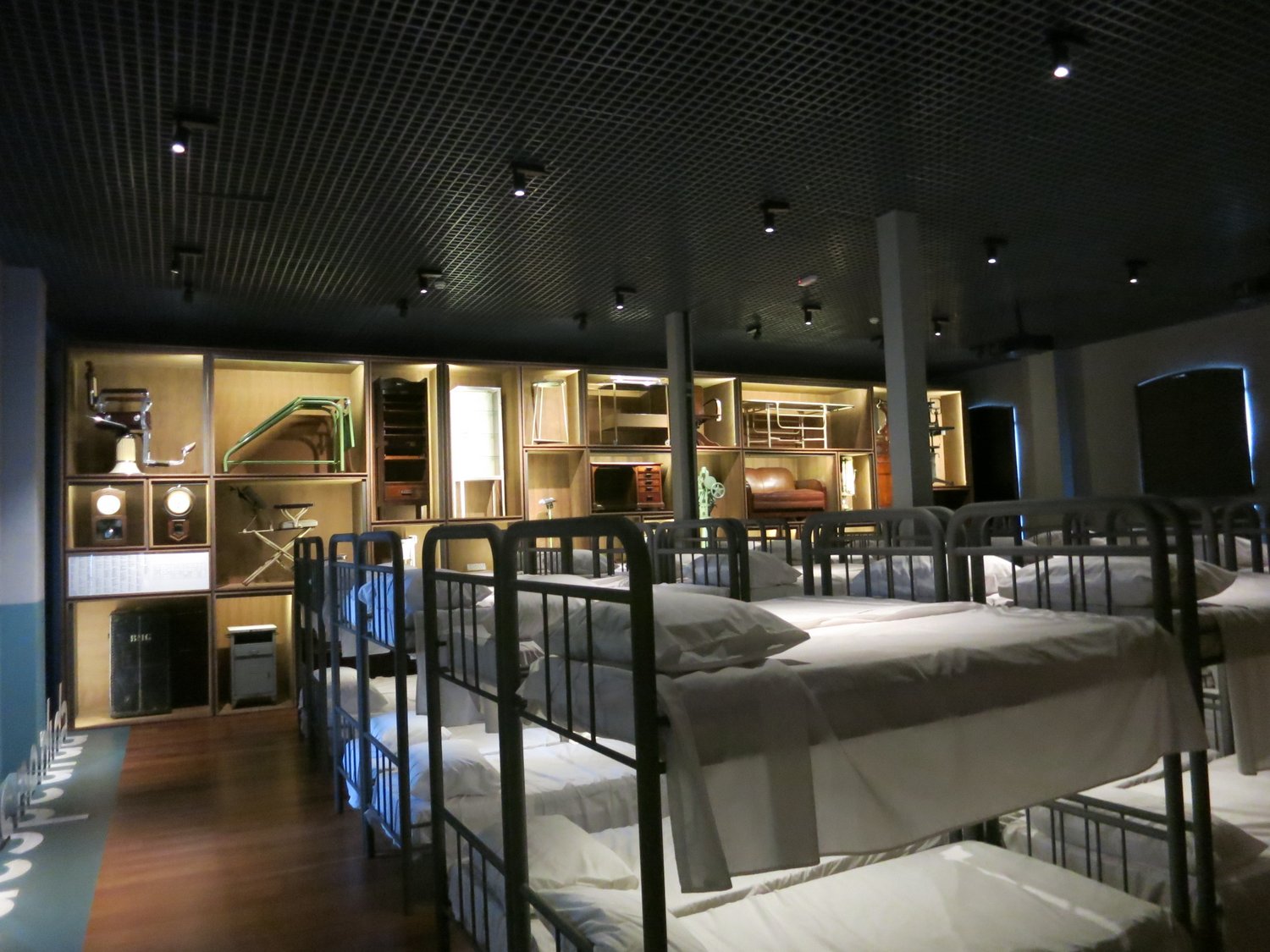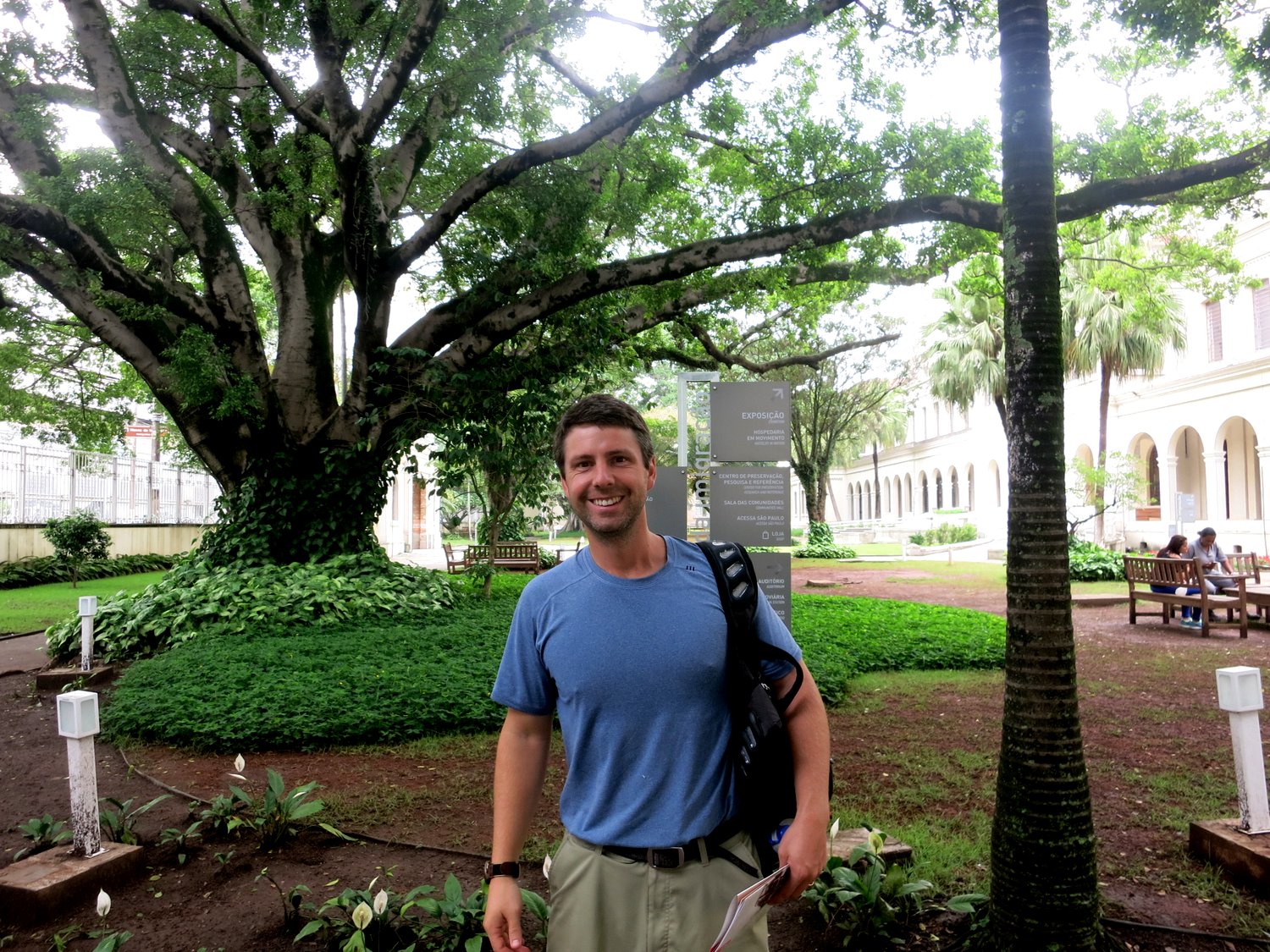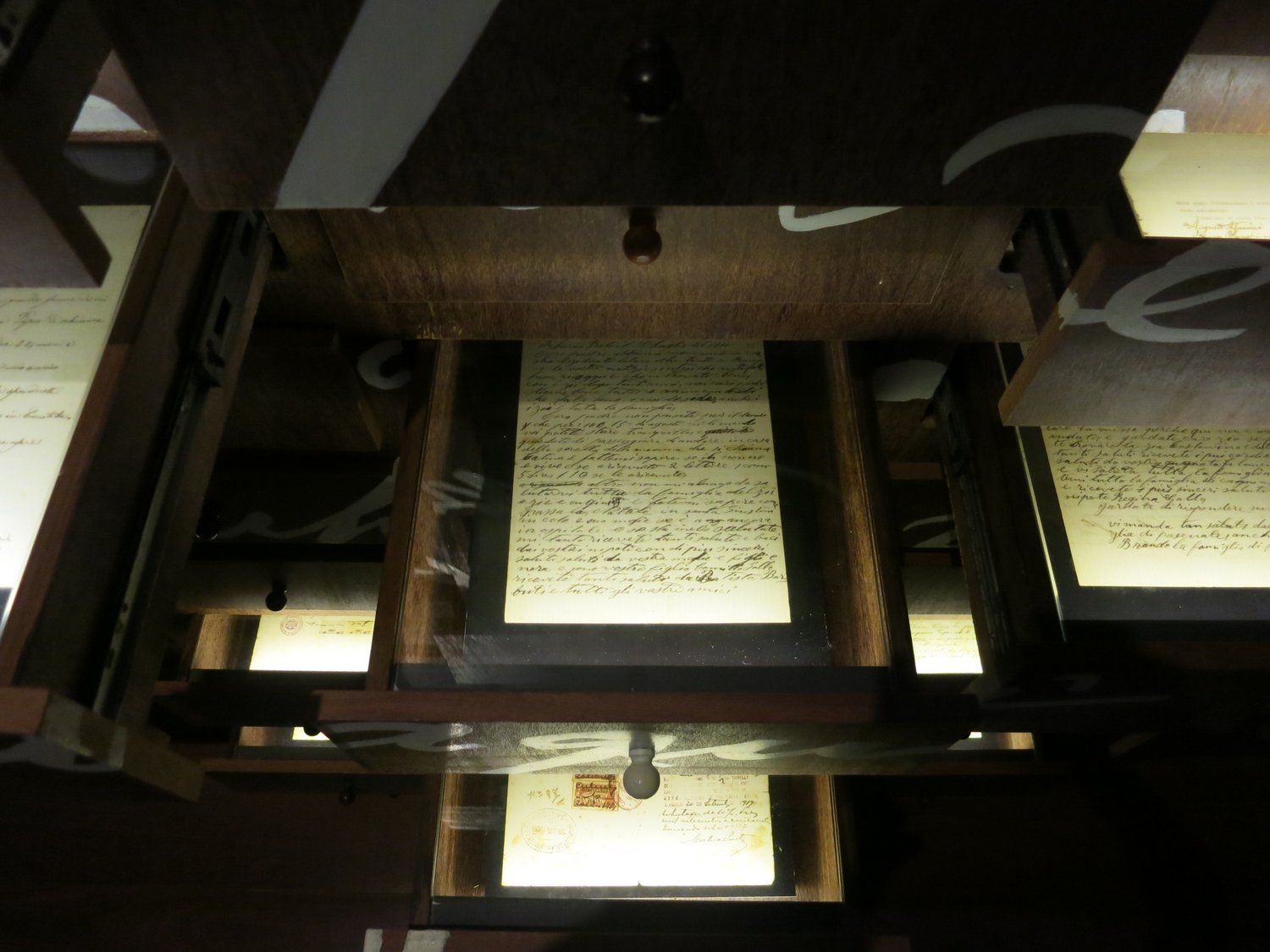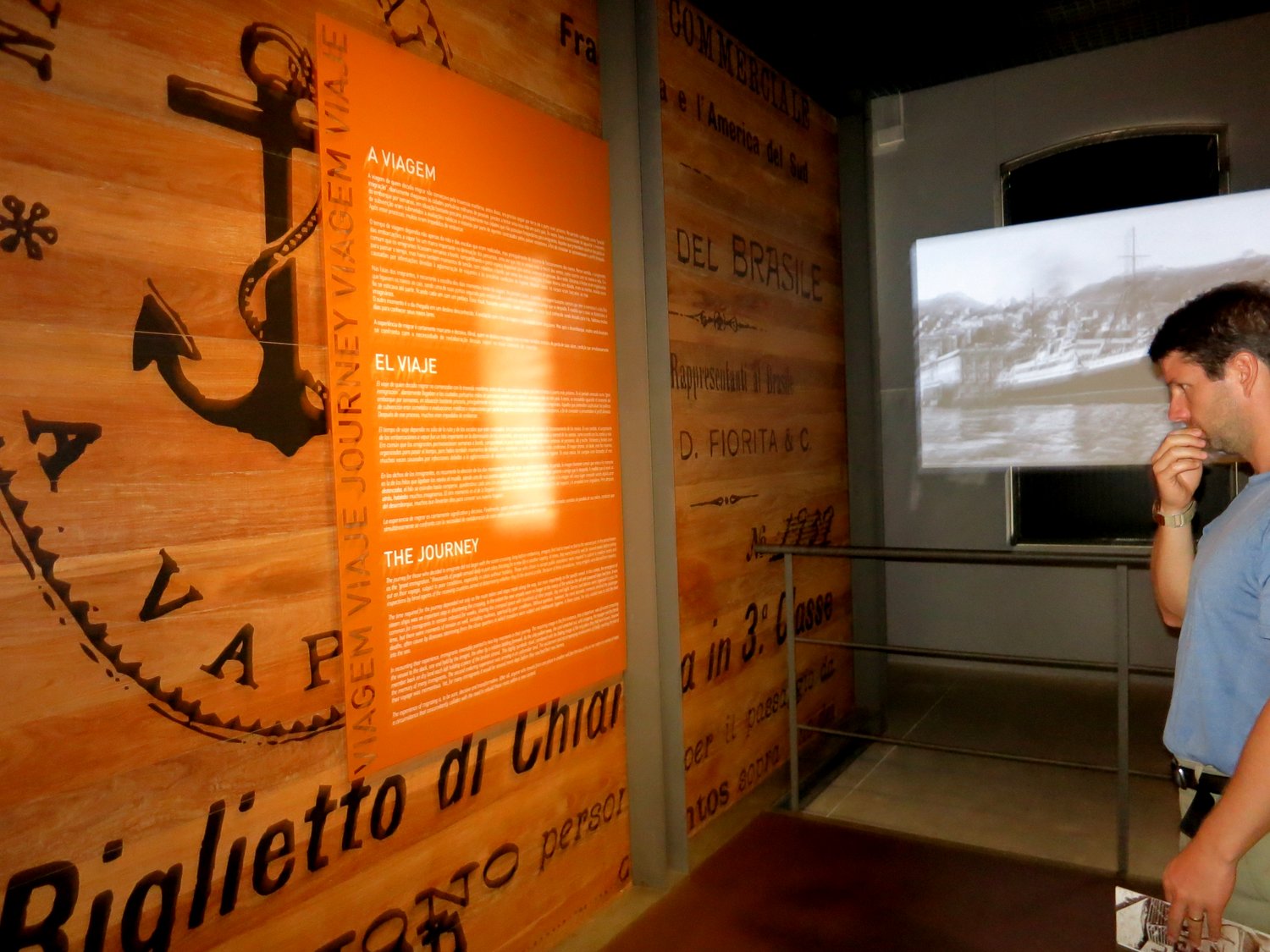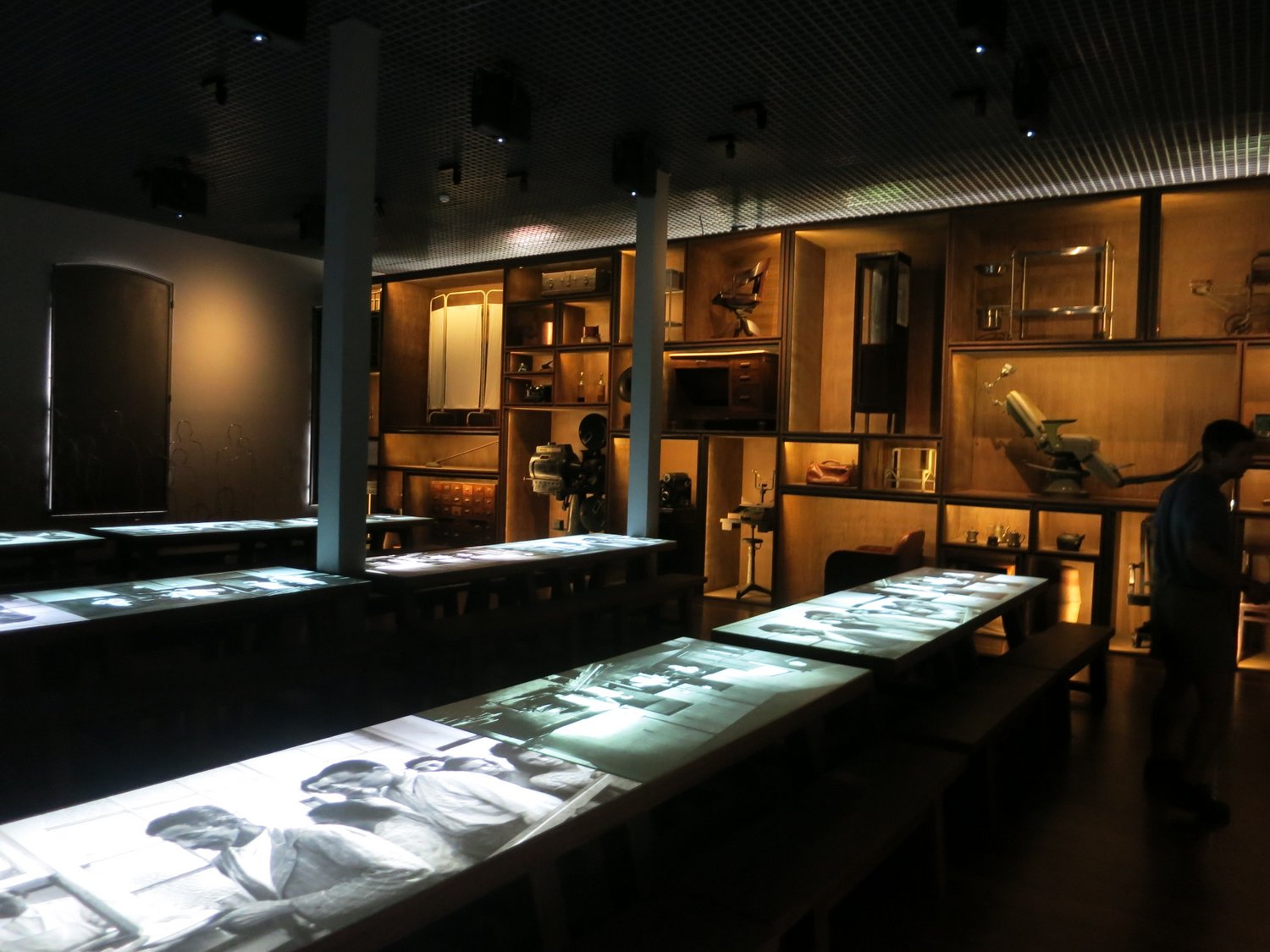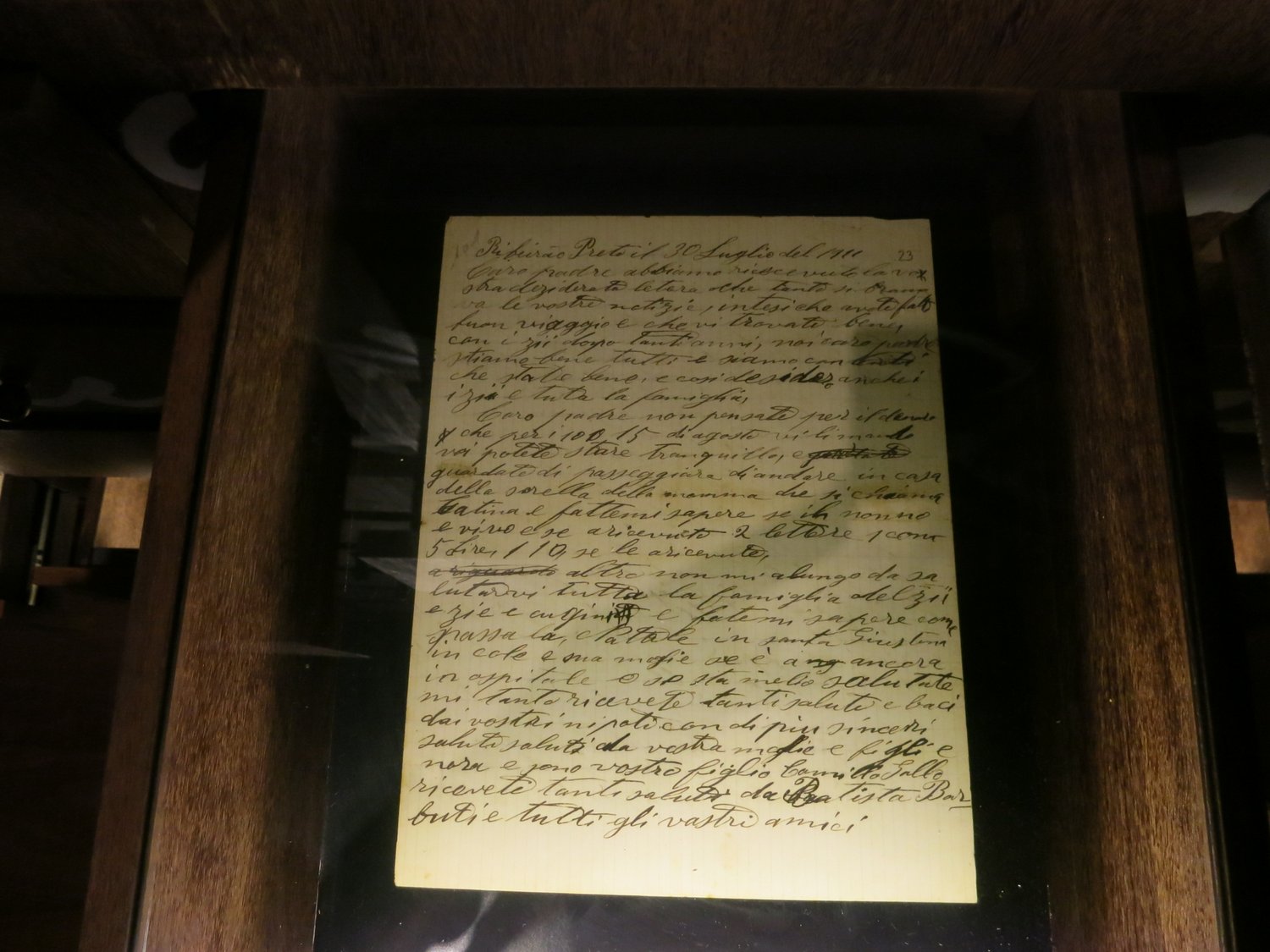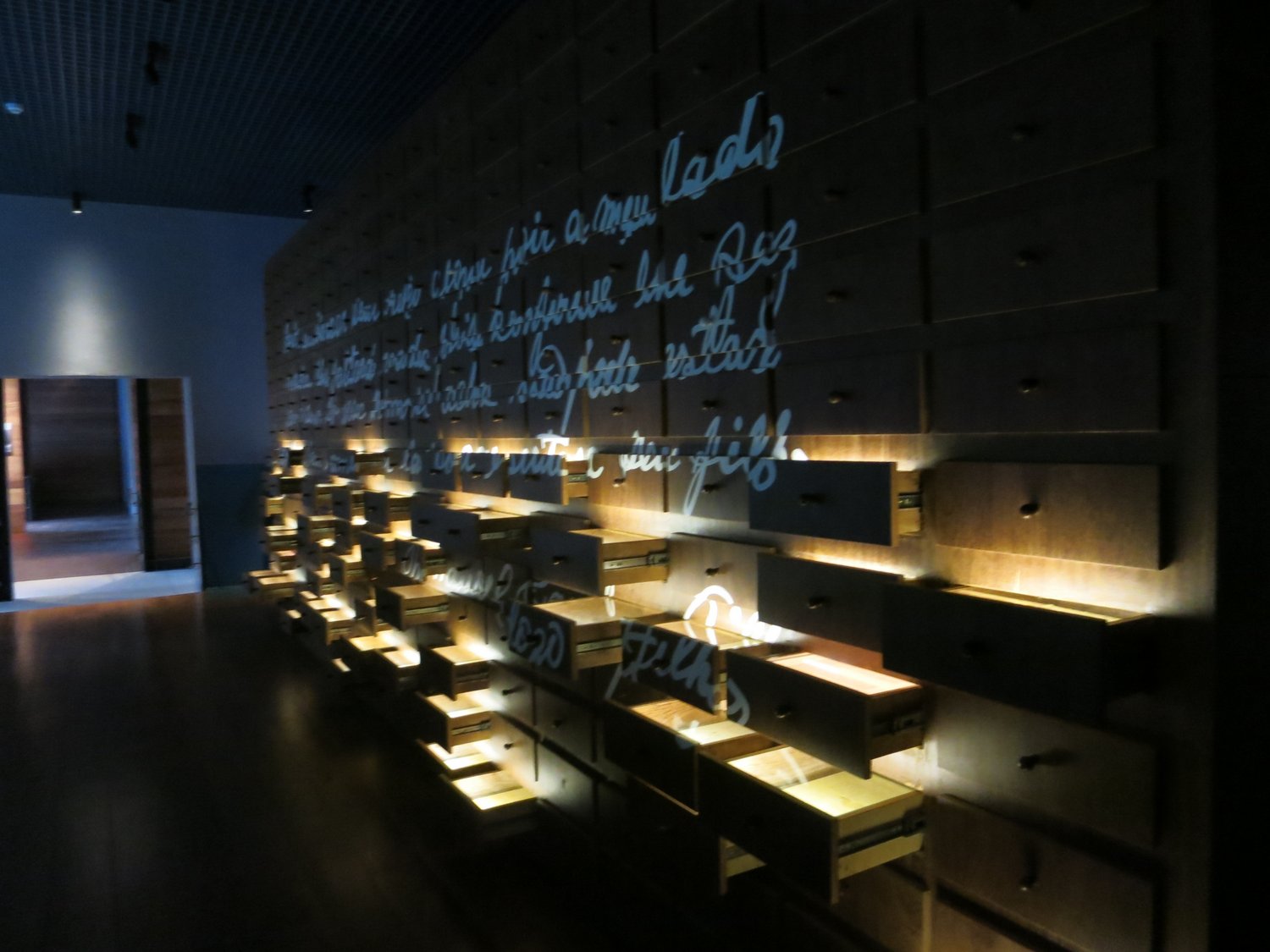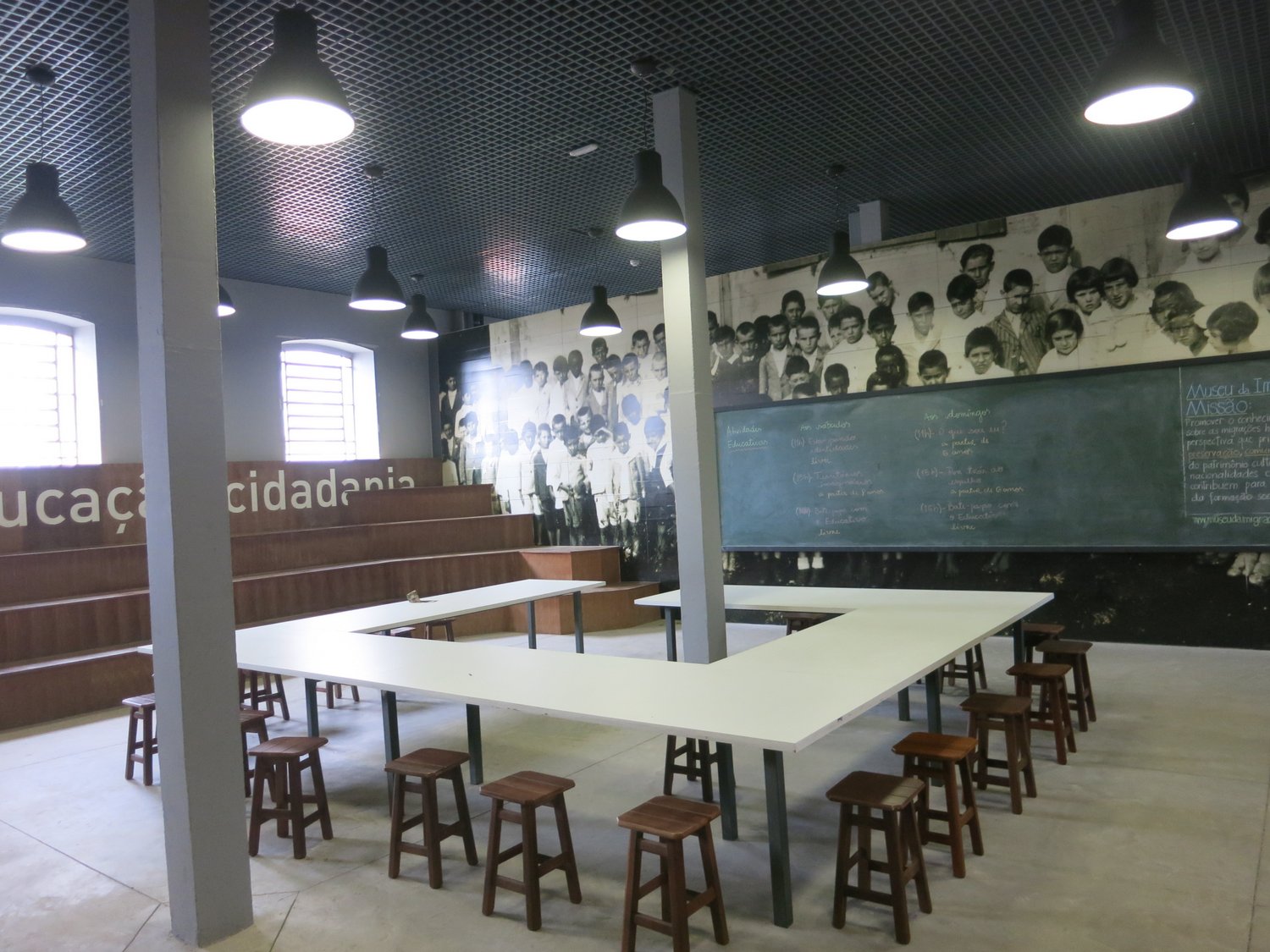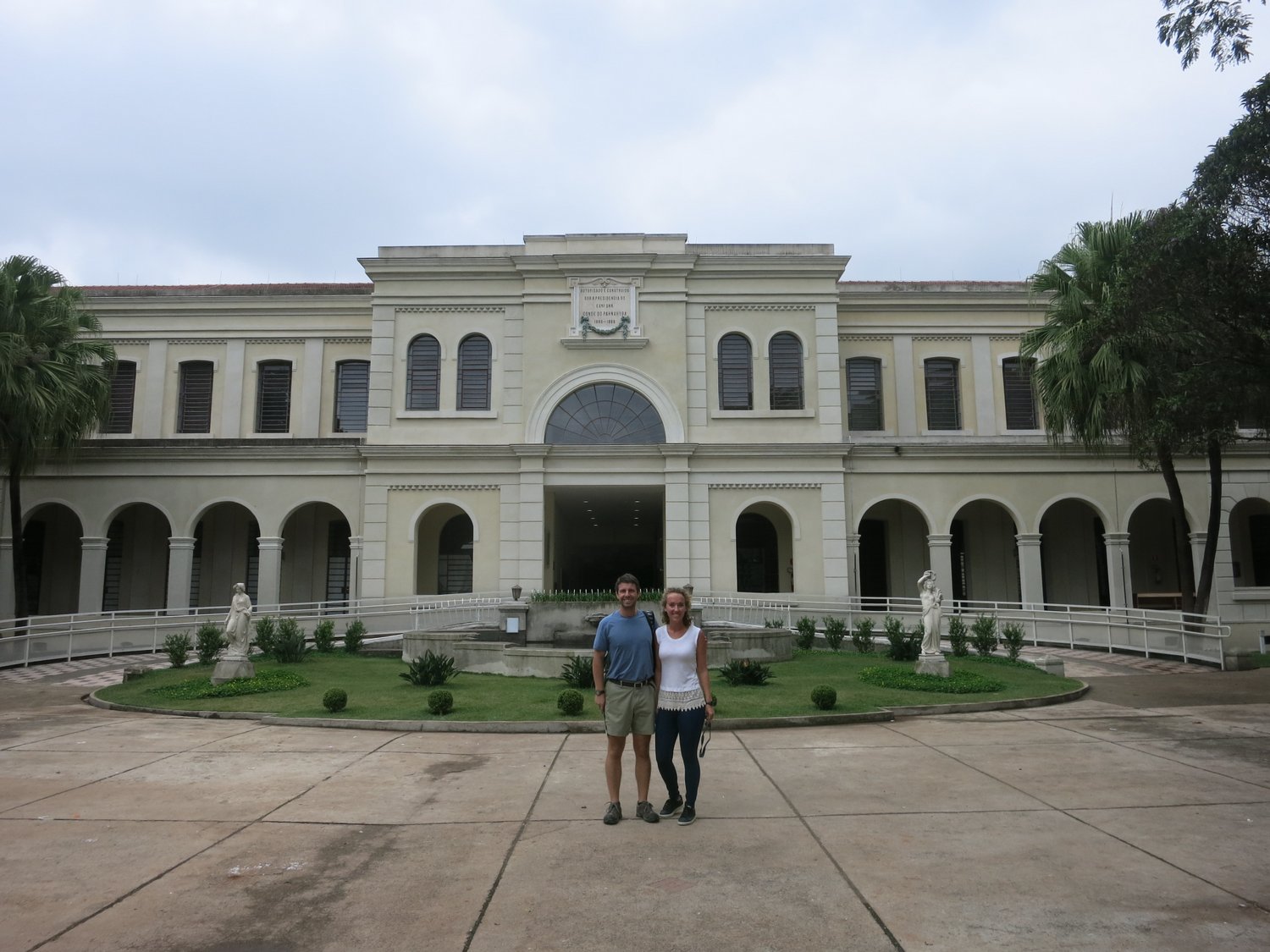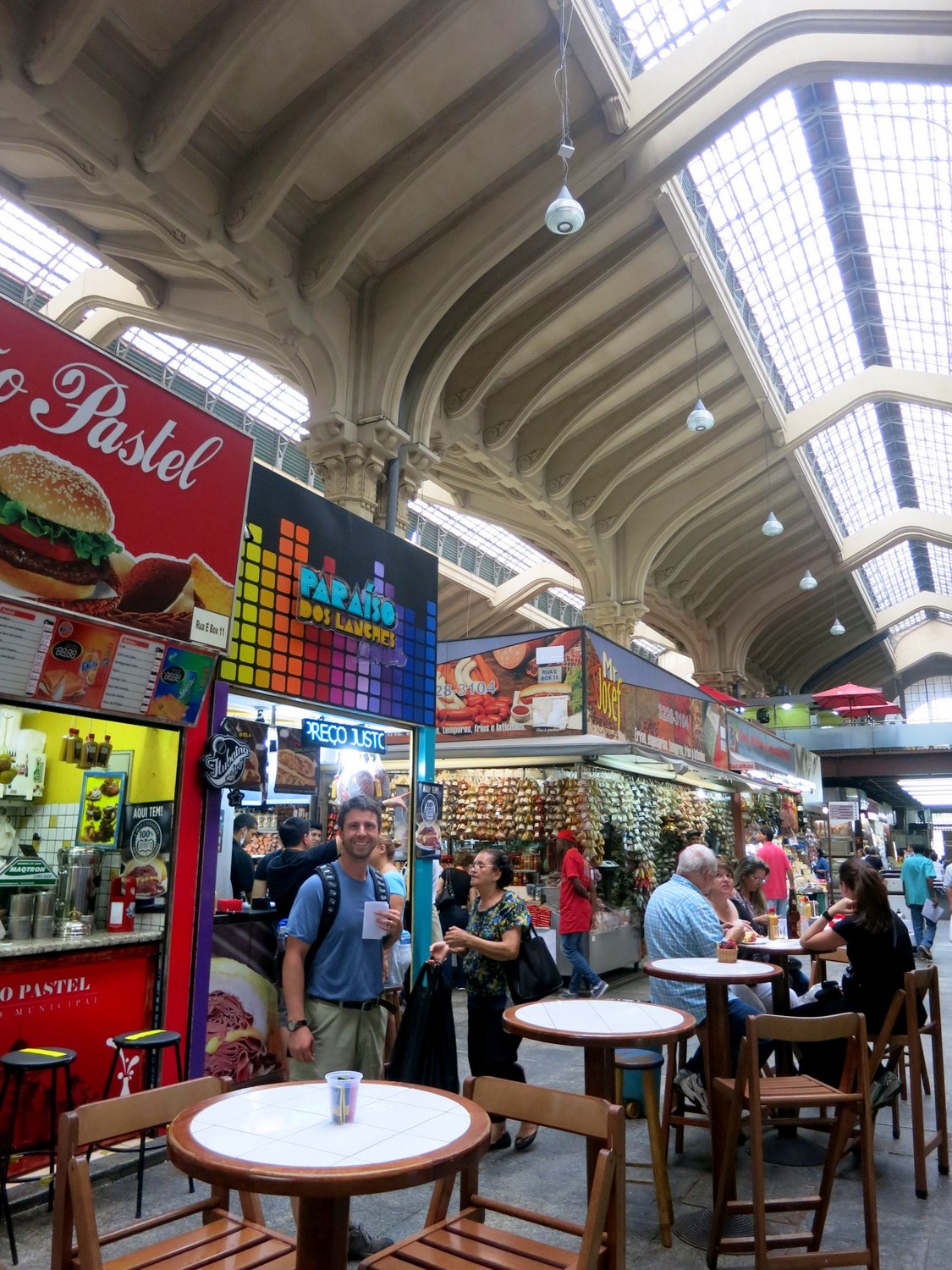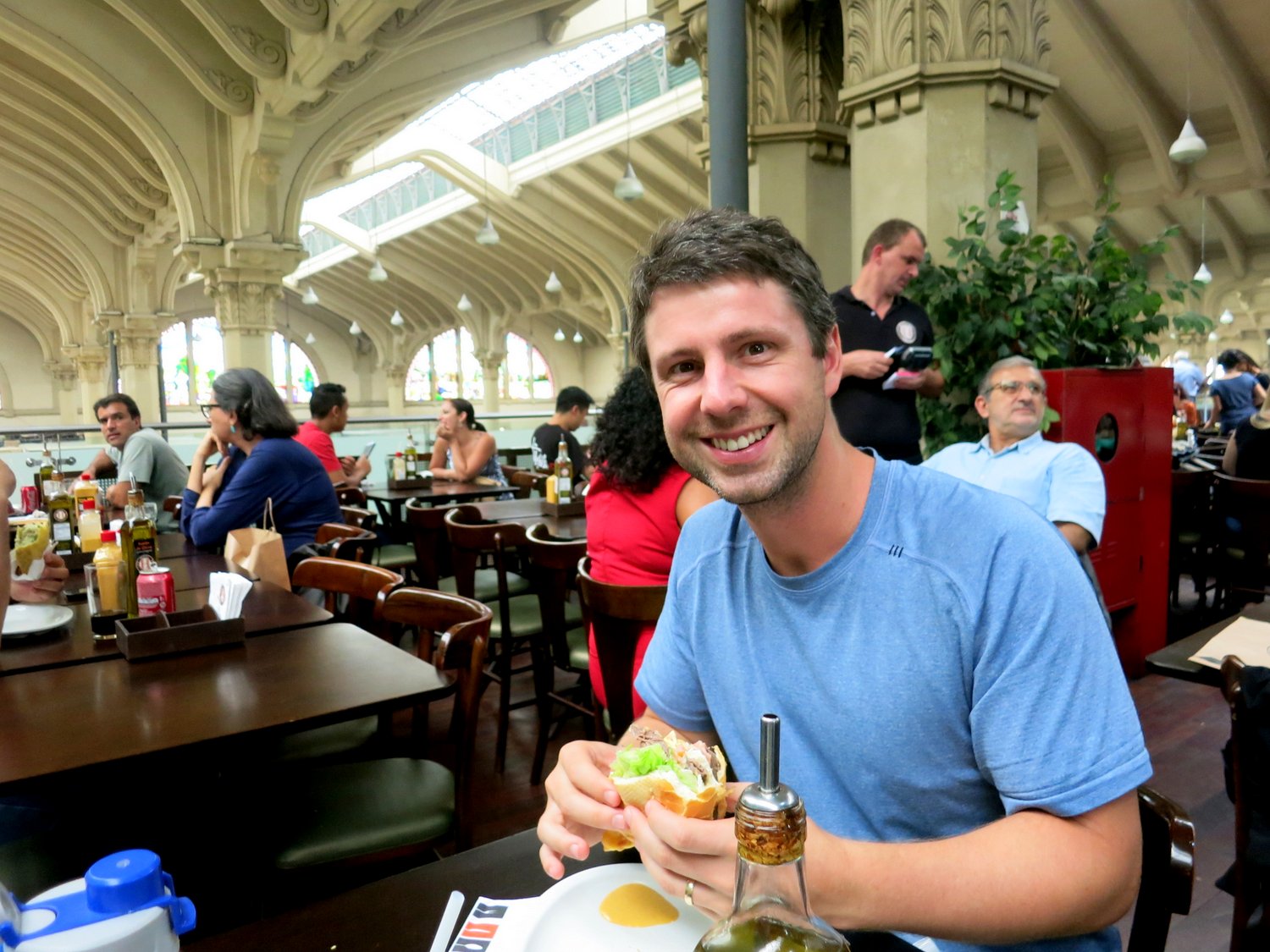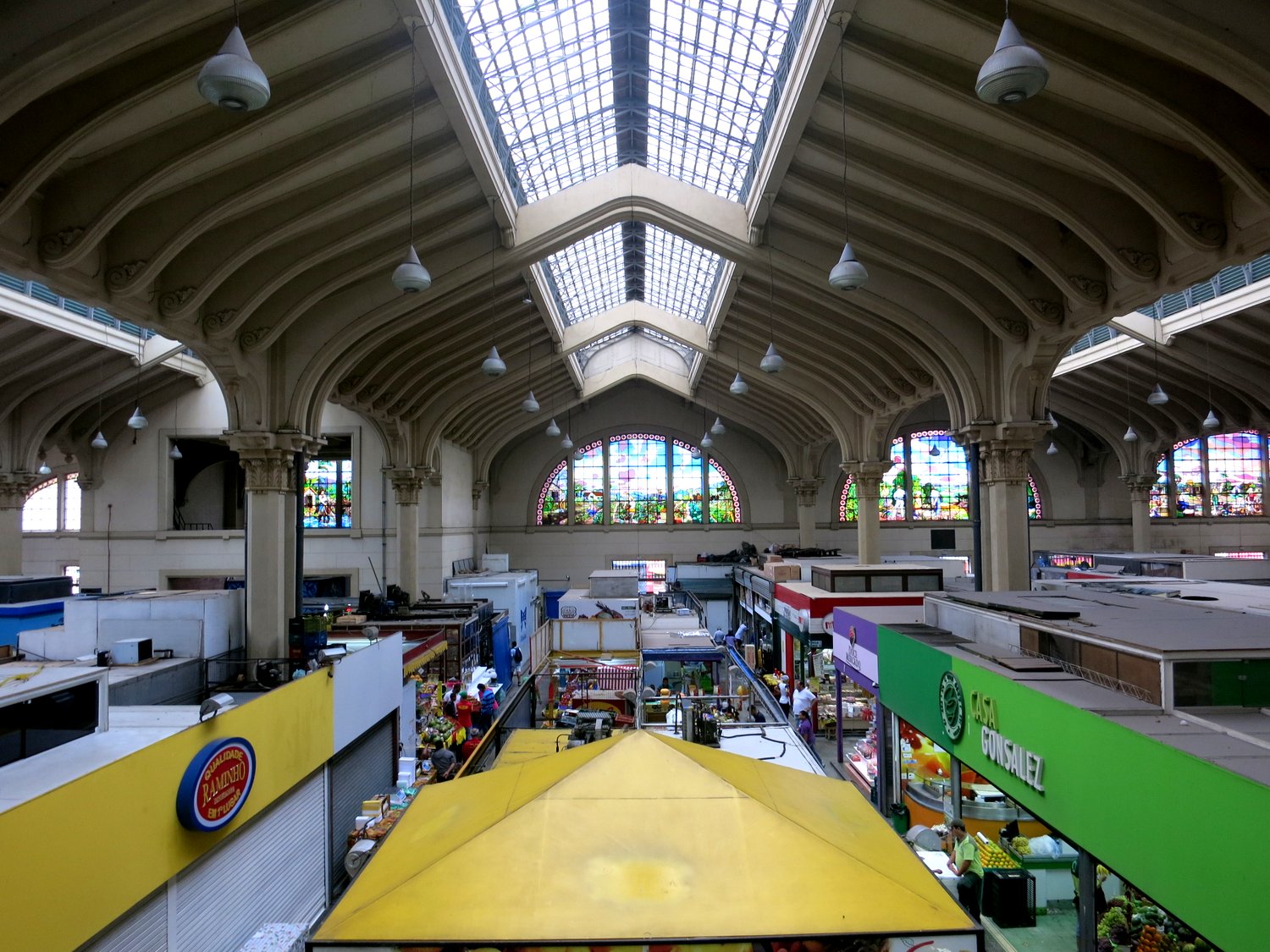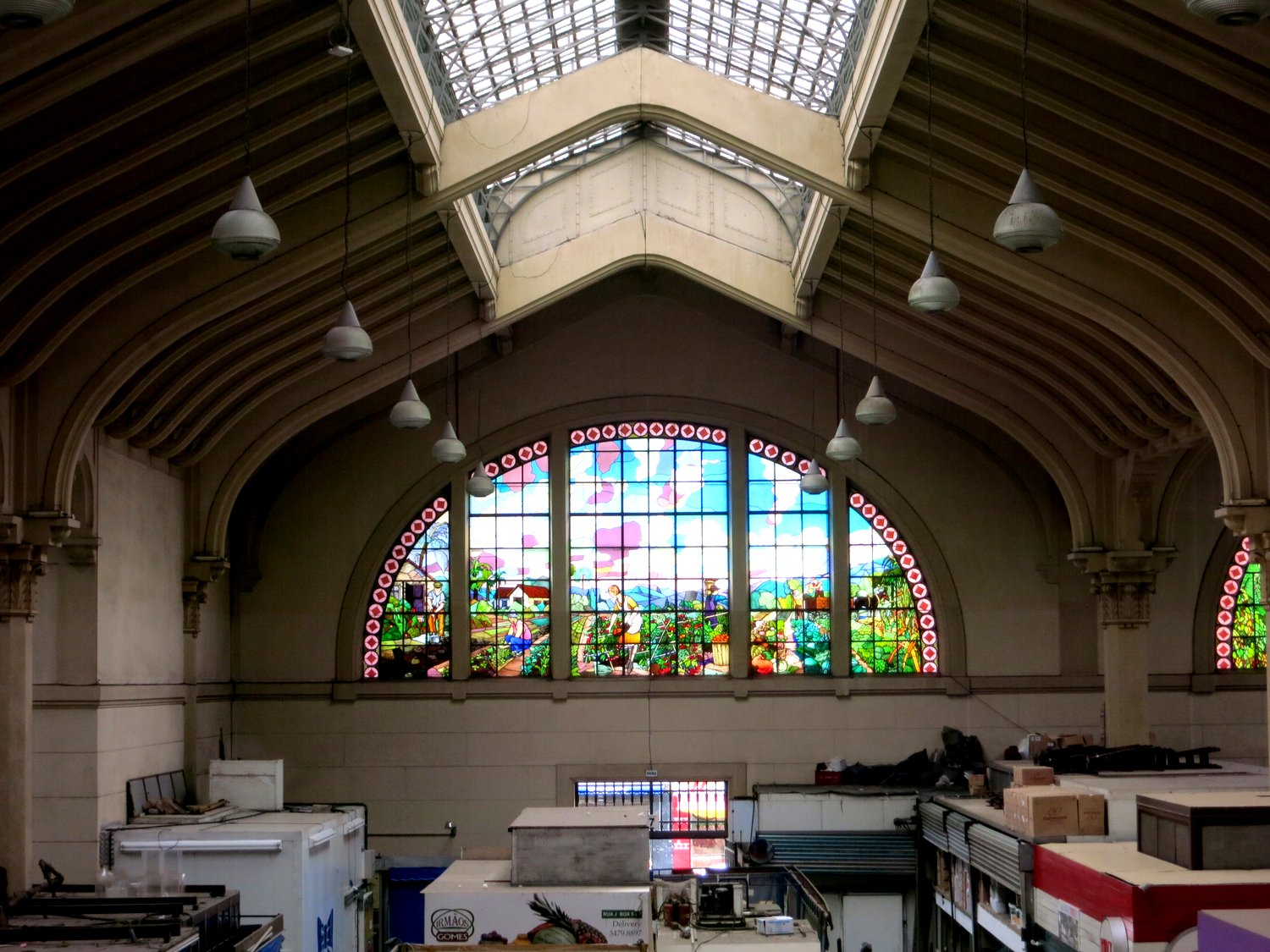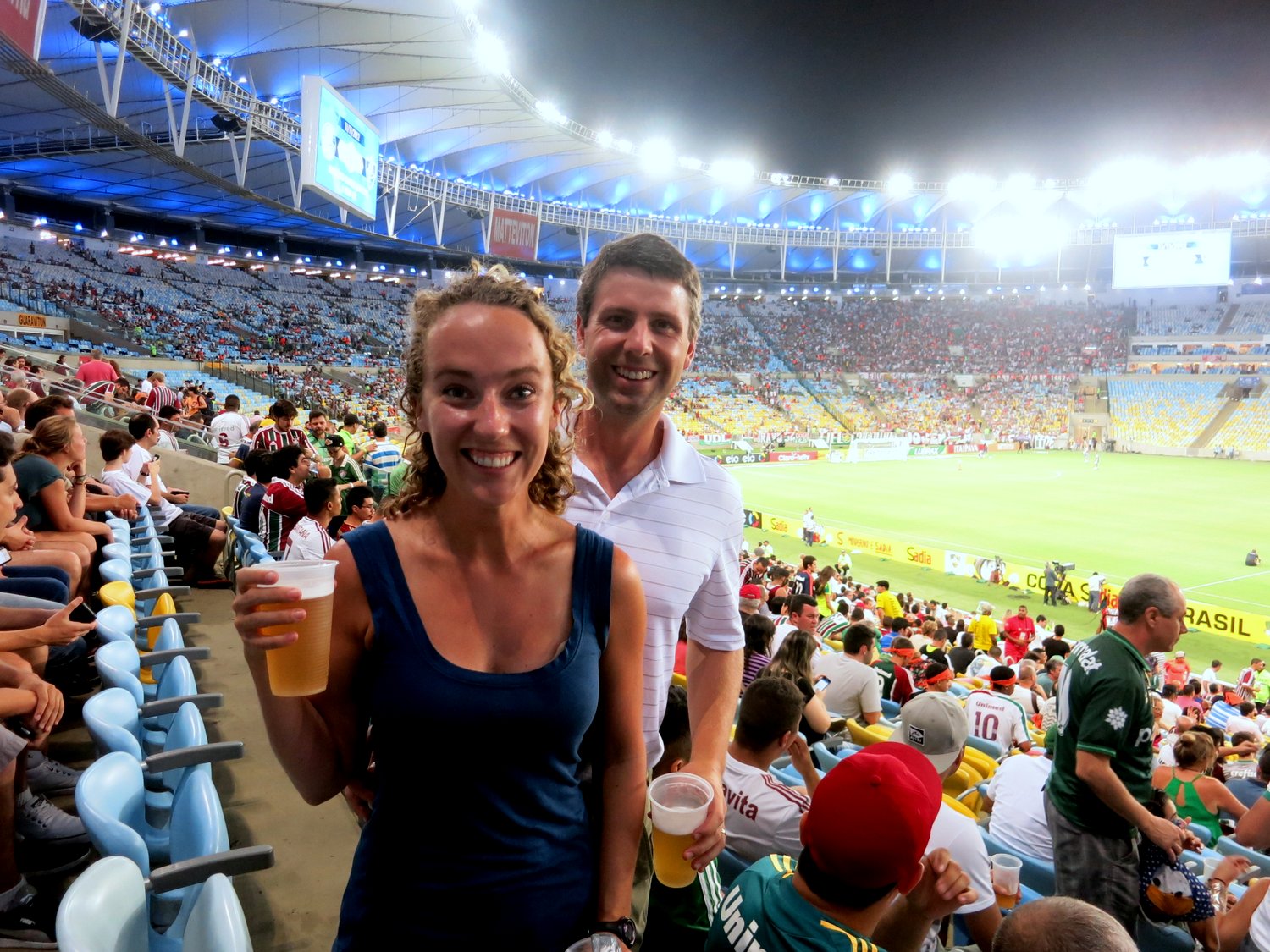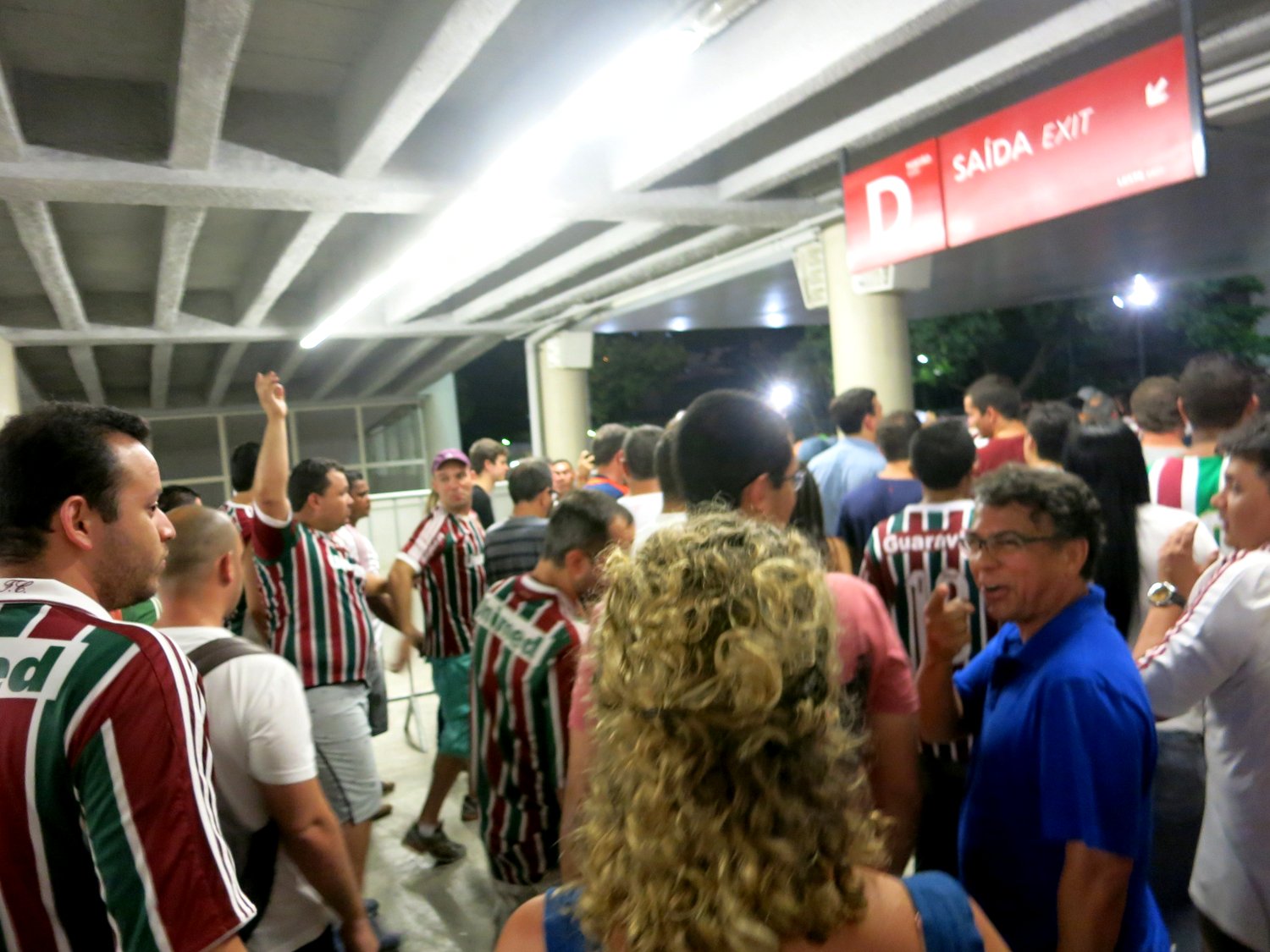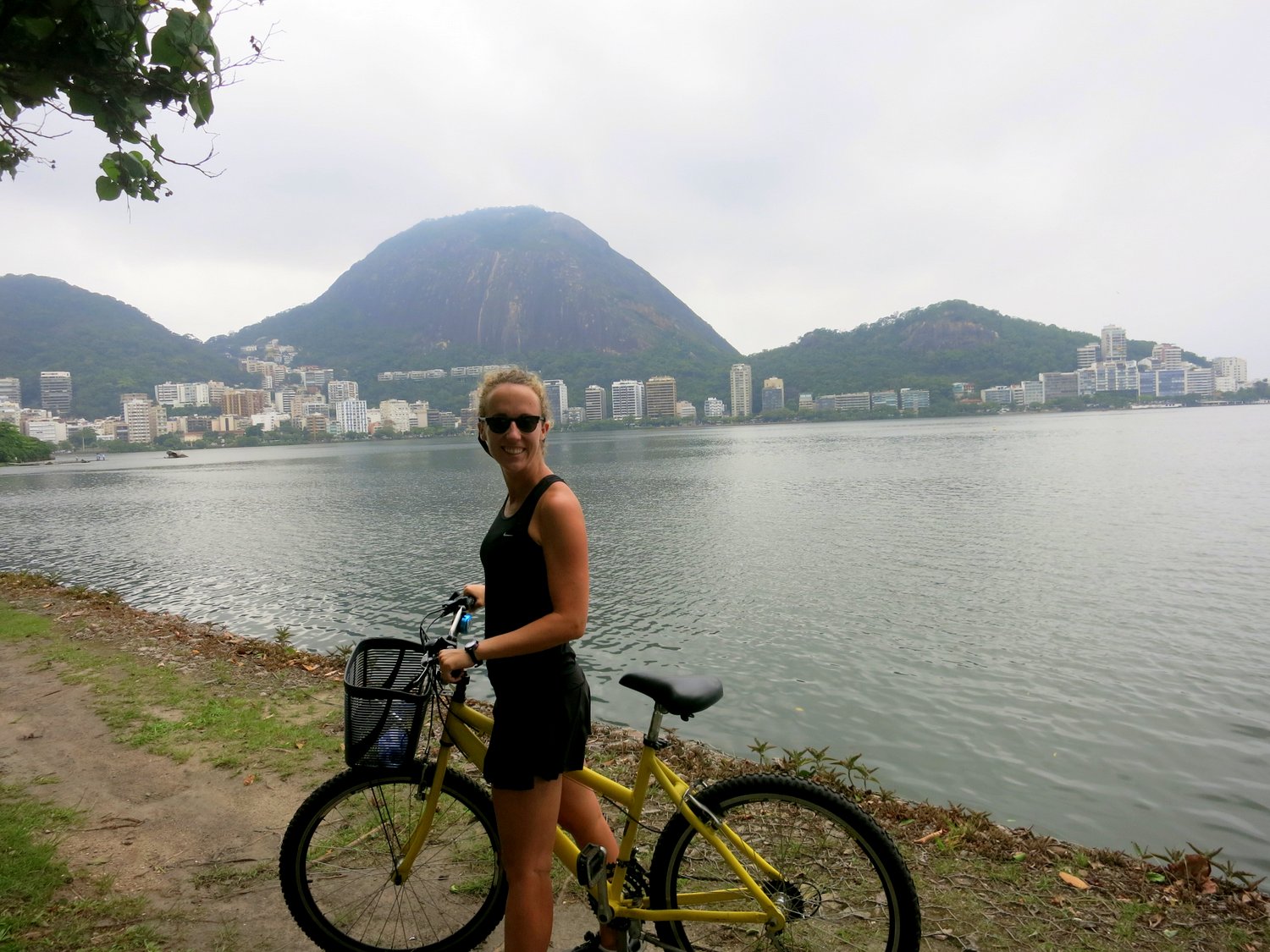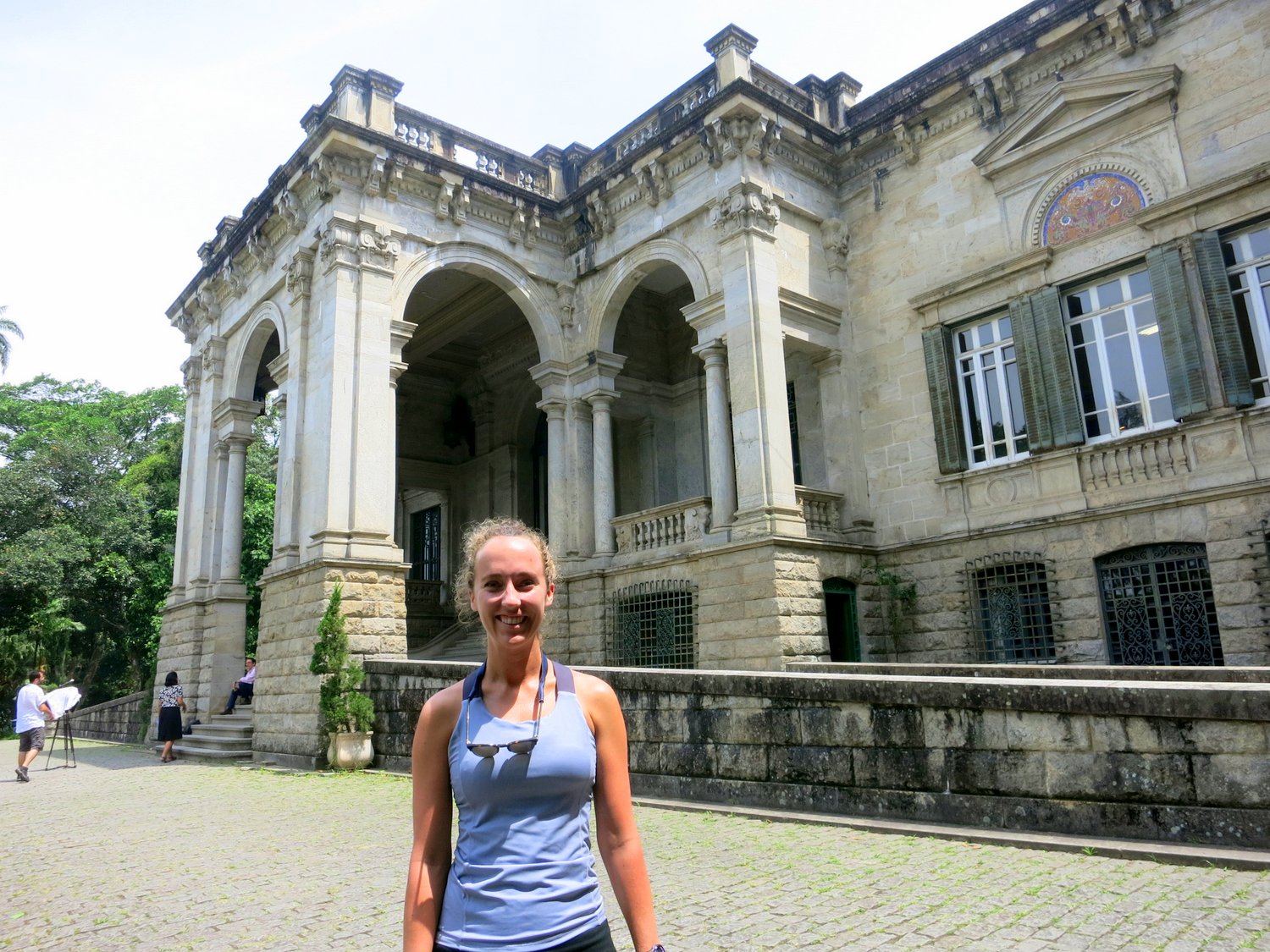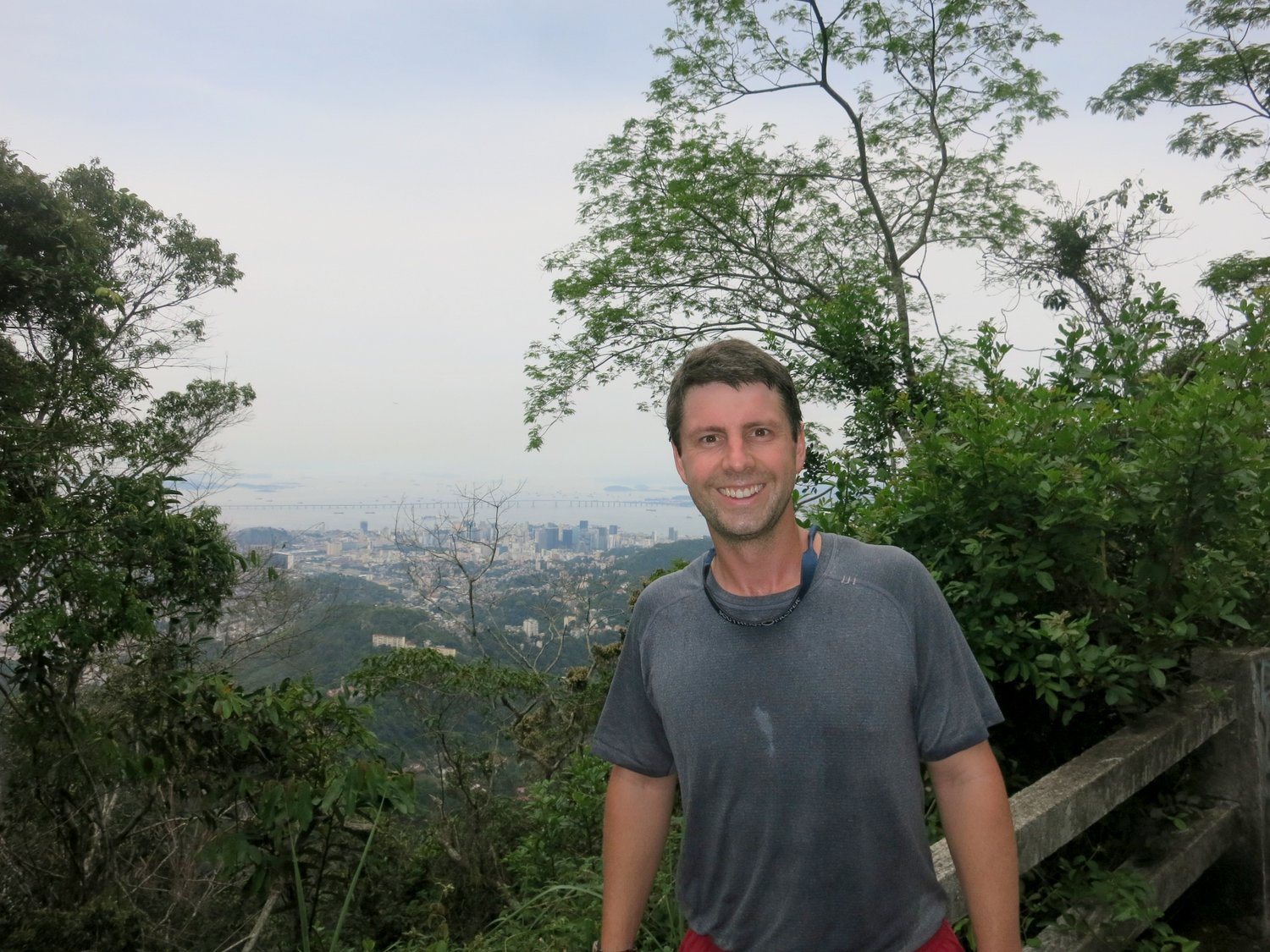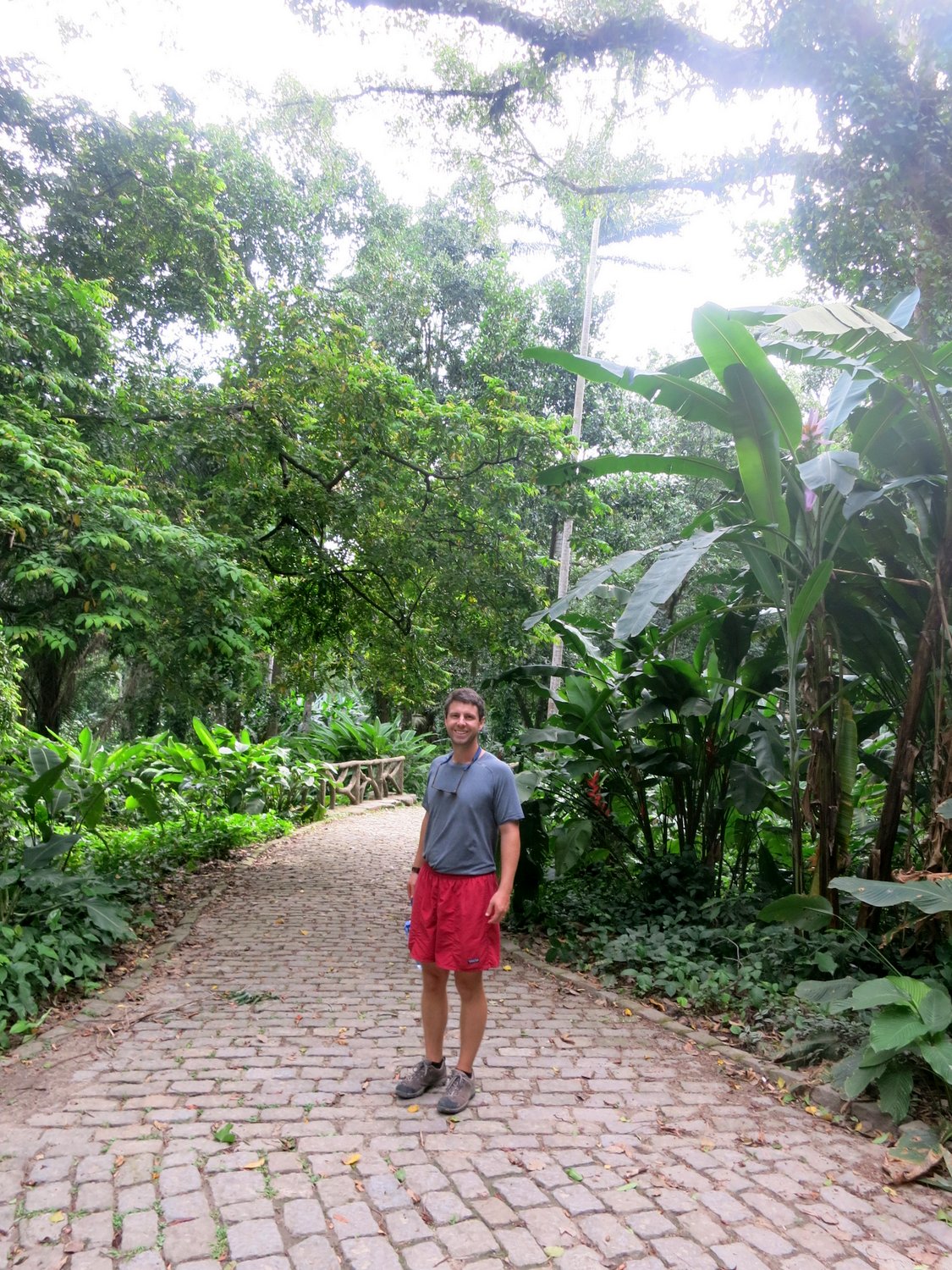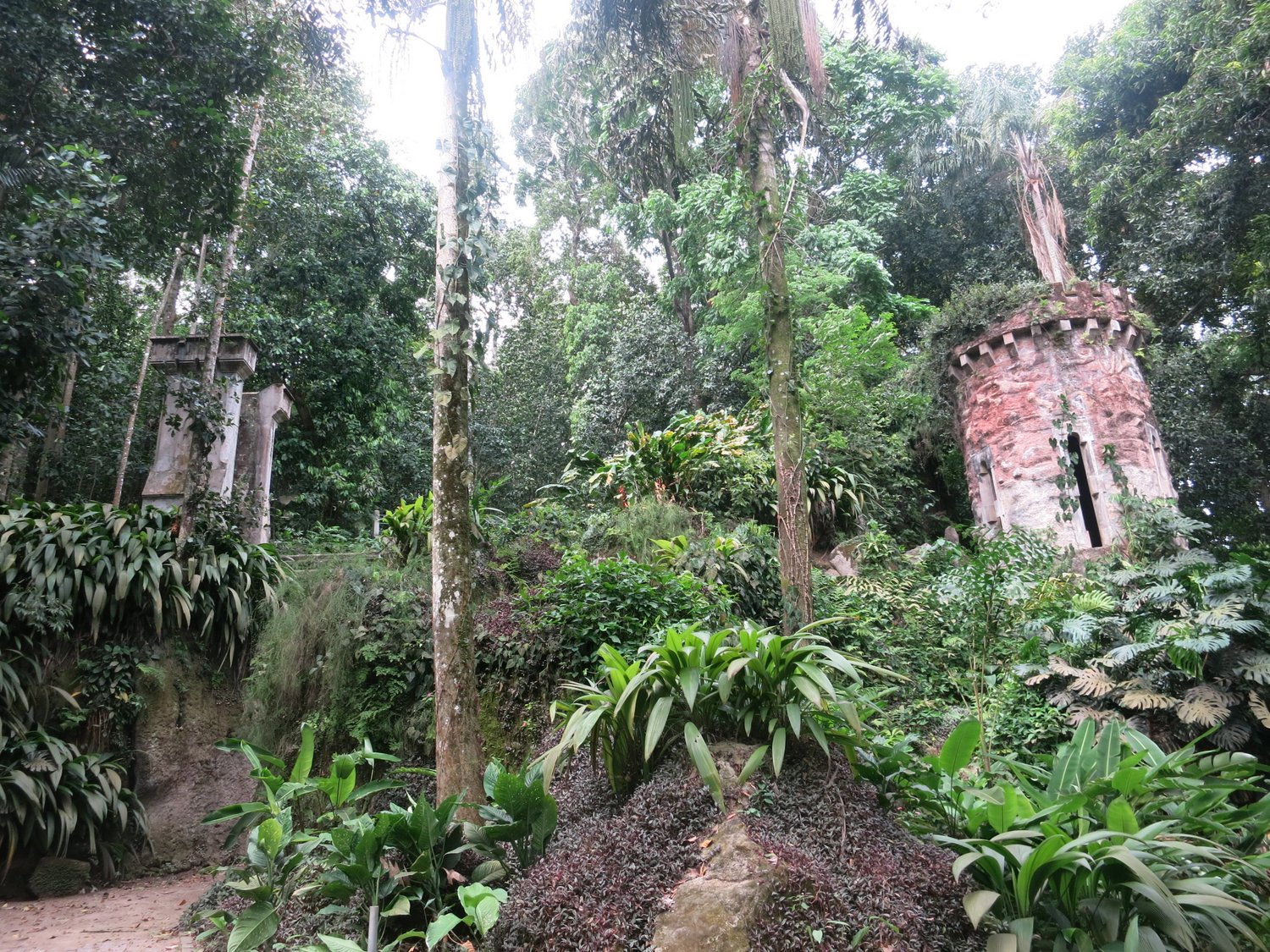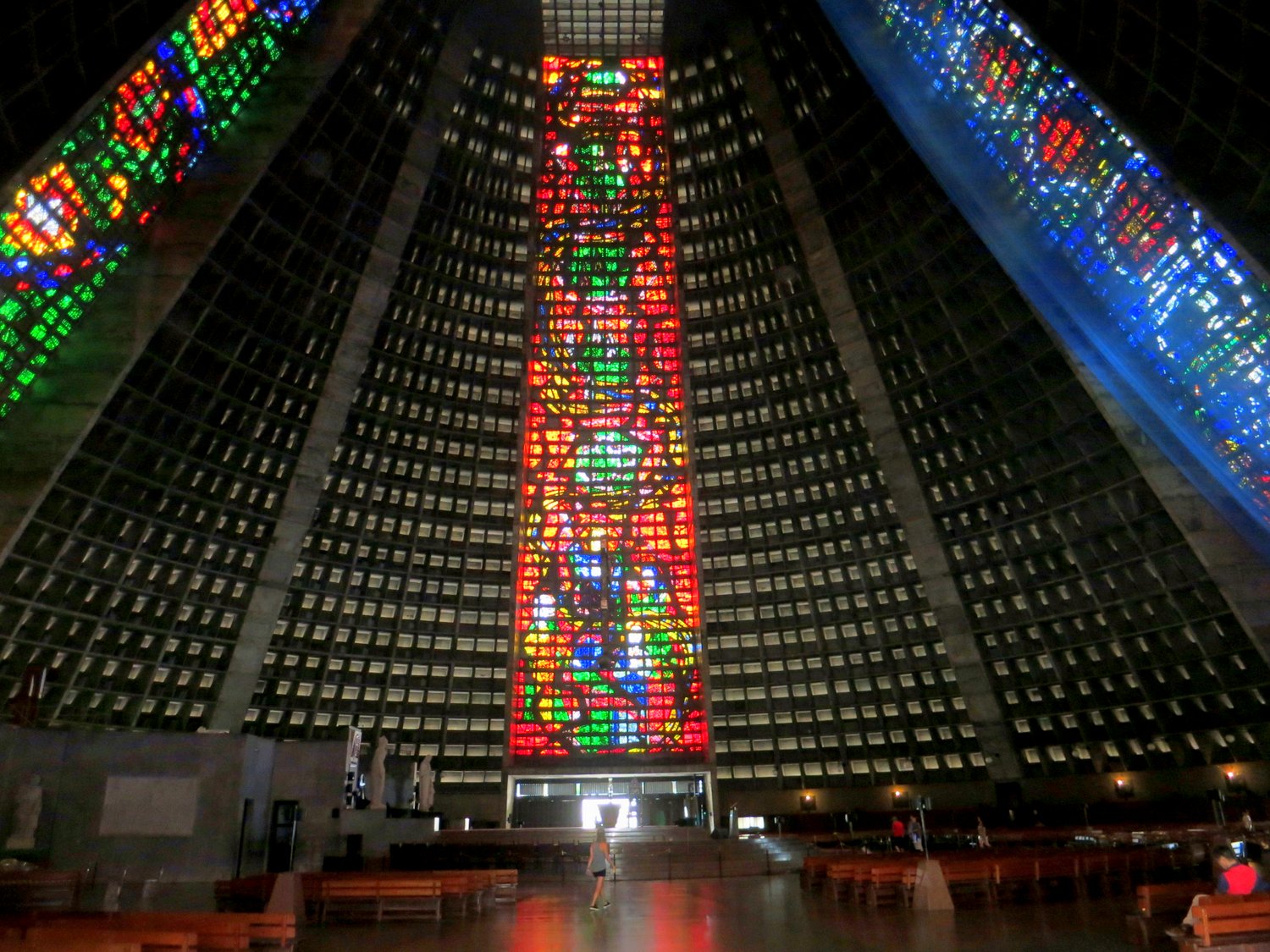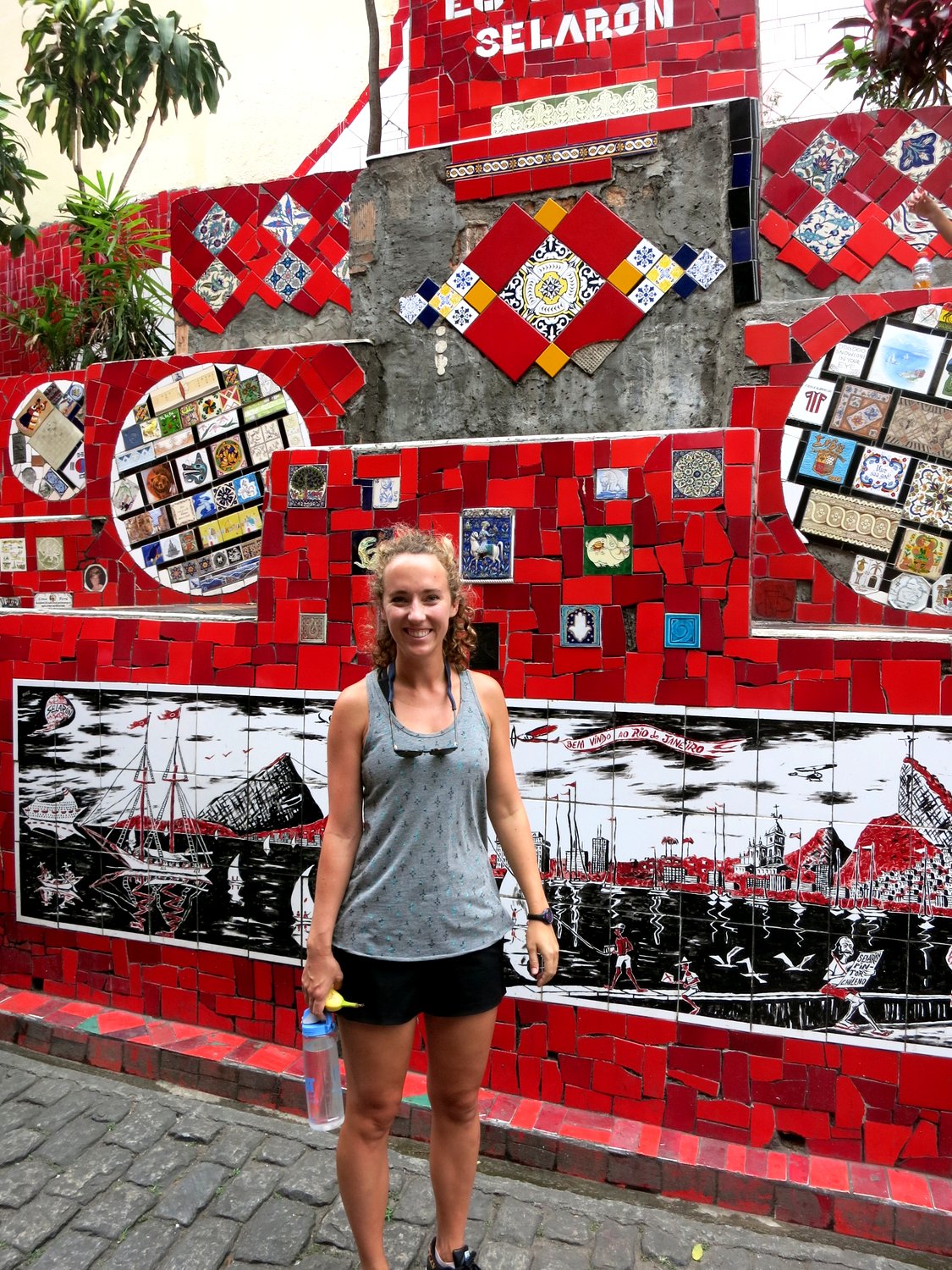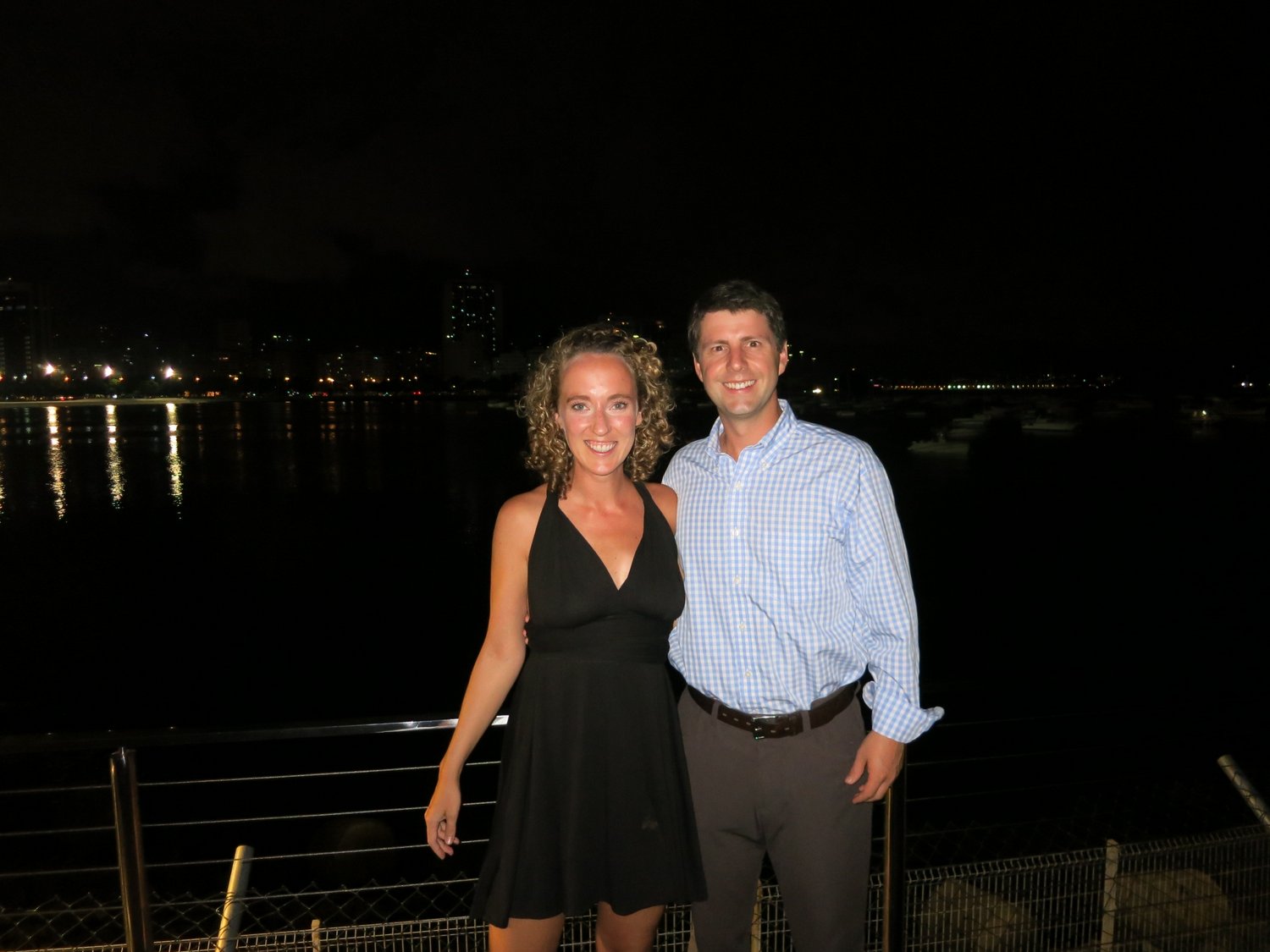First things first: We love Buenos Aires, and like all lovers, we feel she can do no wrong. There, now you know.
Why do we love her? Because she’s a gorgeous city full of French architecture, with delicious food that centers on red meat and red wine (yes, please). BA has tons of stuff to do, or not do, and just enough history to keep you interested without feeling overwhelmed. We arrived just as the trees bloomed into beautiful purples, but don’t worry if your timing is off. The city is planned so that it explodes with different colored blooms in each season. We love this place.
We stayed in one of our favorite places thus far, an apartment in Recoleta where our delightful host Maria treated us like we were her favorite niece and nephew. It was the perfect location for touring and enjoying this delightful city!
First up: obviously a bike tour. If you haven’t caught on, we love bike tours. Biking Buenos Aires gave us an awesome all-day tour that went through the history of Argentina and Buenos Aires. Along with the history, the tour also gave us information on the country and city as it is today.
Wow, a lot has happened recently. Over the past forty years, Argentina has drastically flip-flopped between socialism and dictatorships. The country also had a colossal economic disaster, which still weighs heavily on the economy and memories of many of its citizens. Maybe the most interesting lesson (I can’t believe I’m saying this) is what we learned about Argentina’s economy.
Another highlight on the bike tour was the colorful buildings of La Boca with its impressive graffiti. In a declaration of freedom of expression, the graffiti isn’t just impressive artwork, but full of symbolic messages of fury and heartbreak that Argentina’s history instilled in its people.
We also saw a monument to “The Disappeared.” The Disappeared refers to the countless Argentinians (with estimates ranging from 10,000 to 30,000) that vanished during the military rule from 1976 until 1983. As if their story isn’t horrifying enough, there is an additional aspect of “the living disappeared.” Some of The Disappeared were pregnant women or had small children. The pregnant women were held until they gave birth. The children were all sold to military families or those that were politically acceptable, and birth certificates were falsified (It is CRAZY stuff). The result is an entire generation that is coming of age today who find out through DNA tests that they were raised by deceitful proxy parents. For more information, you can watch this video by the New York Times.
Also on the bike tour, of course, were the highlight sites of Argentina’s hero Evita. This includes where she gave her harrowing final speech (the “Don’t Cry For Me Argentina” one) and the site where she’s laid to rest. The Evita love is real—our guide said that you can tell how bad the news is when you count the posters of Evita in the background. If there are three, the news is VERY bad!
Evita gave her speech from the balcony of this pink building. During filming for the movie "Evita," Madonna wasn't allowed to use the balcony, and the scene was shot from the back of the building.
Of course, we also visited the famous Recoleta Cemetery where Evita is buried. Such a strange place. A 10-year lease on a plot costs 6 million USD, and the tombs are each unique and a bit gaudy.
The bike tour included much more and was well worth the effort. I’m telling you, we love bike tours.
Next, we took our own walking tour. We stopped by the Recoleta craft market where Blakely got a really cool necklace made from an Argentinian coin. We continued walking to and through the expansive parks of Palermo. They are huge! One of our highlights was the gorgeous rose garden.
That night, we took advantage of another Buenos Aires trend—the closed-door restaurant. Located all over the city, in secret locations, chefs open their homes and treat guests to delicious specialized meals. We chose Casa Salt Shaker by New York chef Dan Perlman and loved it. The food was delicious and the wine pairings a special delight.
Since we loved the closed-door restaurant experience, we decided to try another, but different, take on it. It’s called The Argentine Experience. It started as a closed-door restaurant that specialized in not just giving guests delicious Argentinian food, but explaining the Argentinian way of life. Enter an investor to build out a spectacular space, and tons of young people to lead the dinners, and you have The Argentinian Experience of today. Along with teaching us how to order our steak in Argentinian Spanish (which the chef also cooked to perfection), we learned how to cook empanadas, had a competition on who could design the best one, and learned tons of hand gestures to make us look, if not sound, like true Argentinians.
Oh yea, Ryan obviously won the competition.
Next, Blakely went to give back at the Fundacion de Banco Alimentos (the food bank). This awesome organization works to bring food and home goods to Argentina’s poor. They do a great job of utilizing volunteers and you can give any amount of your time (from one day to one year!). Let them know your schedule and they’ll put you to work! Plus, you meet some fabulous ladies.
One more restaurant you gotta try: NOLA. As the name suggests, it was right up our alley and satisfied our Southern hearts with delicious fried chicken and fabulous bourbon. Blakely wanted to write them a thank you note.
In case you thought we did everything together, here’s proof that we sometimes divide and conquer.
Ryan chose the Museo de Armas, which, in case your Spanish is rusty, means Museum of Arms. As in military arms. This museum has a frighteningly large collection of weapons, which includes everything from bazookas to lances to Japanese armor. He loved it.
Blakely chose the History of Design Museum. Housed in a gorgeous, French-styled mansion from the early 1900’s, the museum focused on the design that the Buenos Aires elite brought in during their boom.
As if Buenos Aires could get any better, it did. Ryan’s family joined us so we could share our favorite parts of the fabulous city. Along with doing our favorite tours again, we went to a fabulous dinner at Don Julio’s to try out our steak ordering technique! The steaks were cooked to perfection and the sides were Blakely’s delight!
As if Blakely couldn't love the Design Museum more, there is a fabulous restaurant next to it that was amazing. It's called Croque Madam, and you gotta try their signature sandwich!
From Buenos Aires, we flew to a different sort of highlight: Patagonia!



